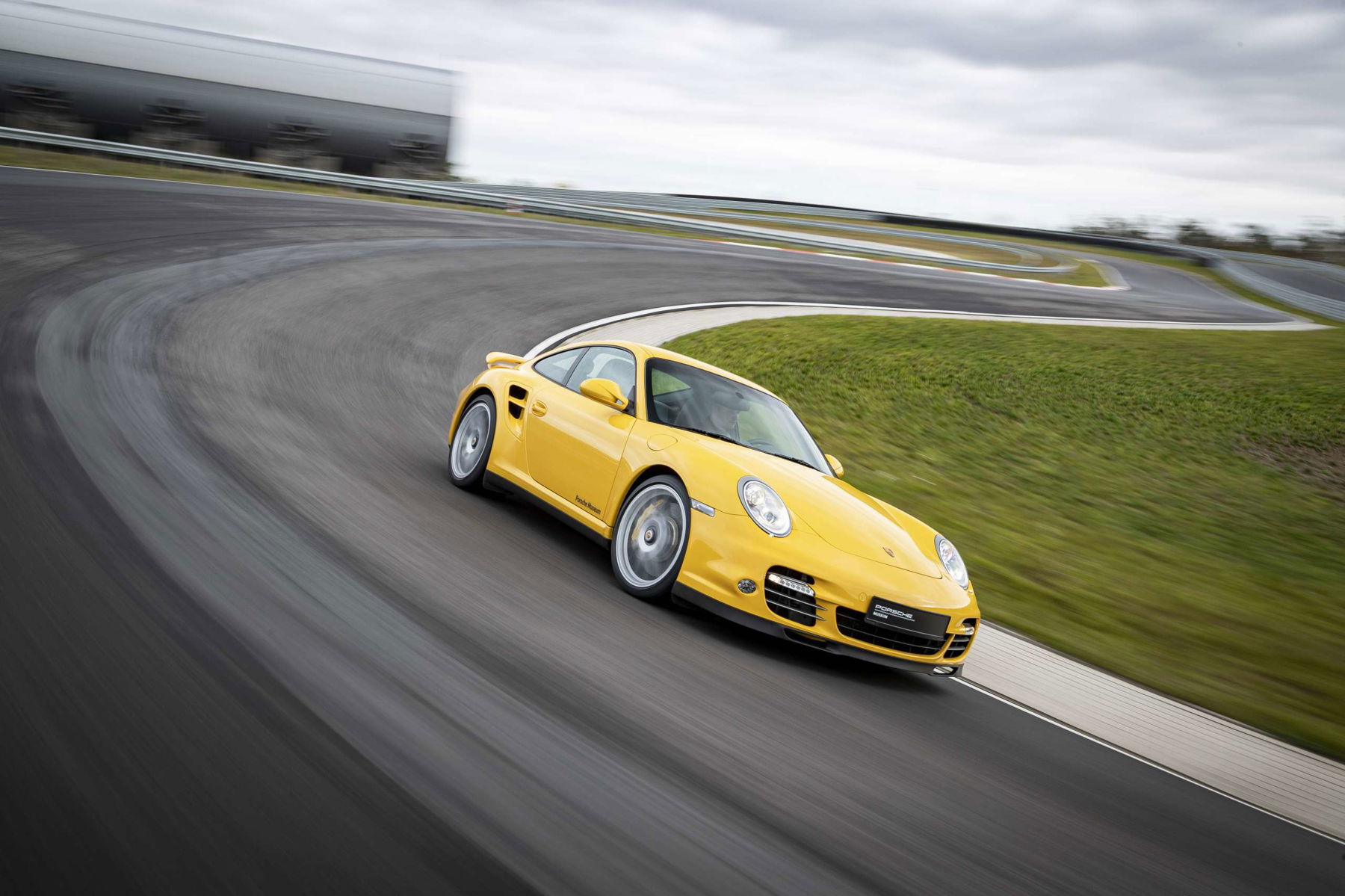
The Porsche 997 was Porsche’s second 911 with a watercooled six-cylinder boxer engine. The 2+2-seater sports car was launched for the 2004 model year and was built until 2012. It was available as a Coupe, Targa, Cabrio and Speedster. Despite initially only minor technical changes, the Porsche 997 significantly outstripped the already strong sales figures of its predecessor, the 996. 213,004 Porsche 911s of the sixth generation were built.
Unlike its predecessor the Porsche 997 was again to be given more independence within the model range. Unlike the water-cooled Genesis, the Porsche 997 was not to achieve a shared parts ratio with a model nominally positioned below it. This meant that the Porsche 997 again positioned itself more clearly as the spearhead of the brand, both technically and visually. Thanks to the 996 & Boxster’s commercial Porsche could afford to go this route.
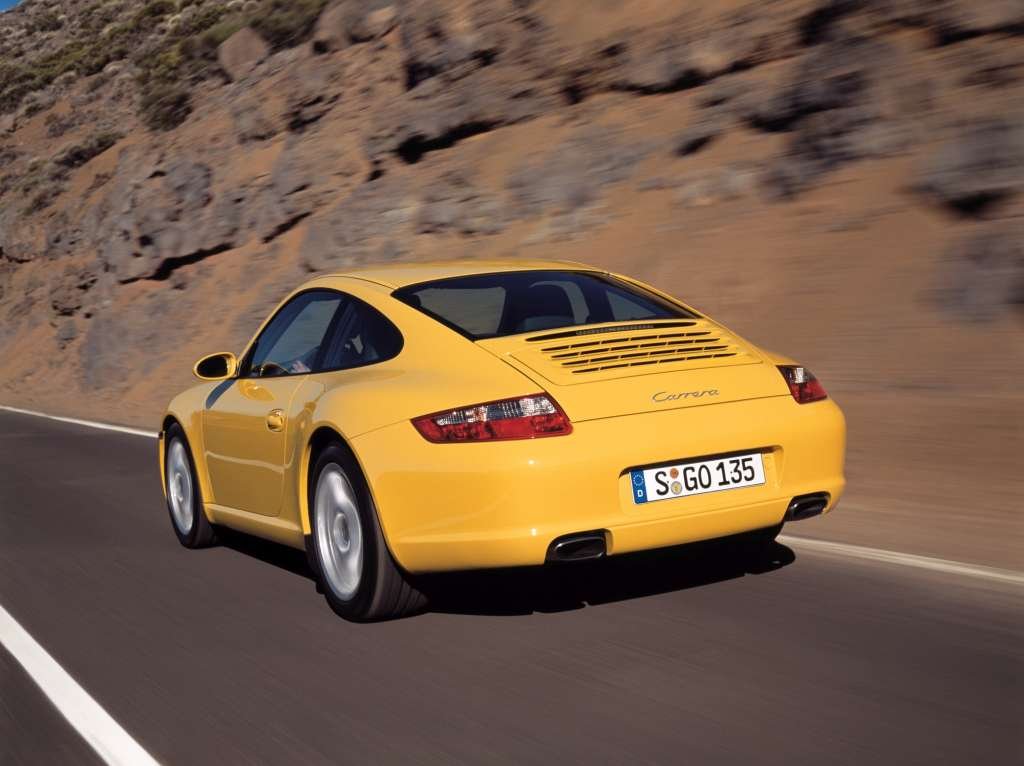
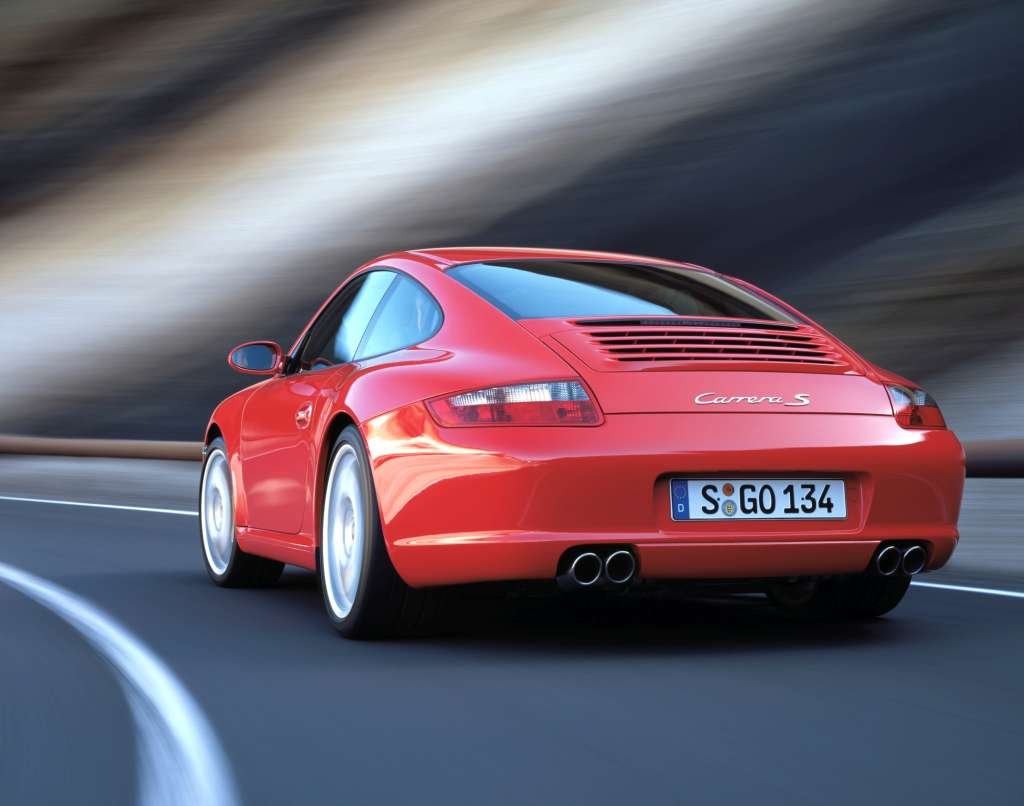
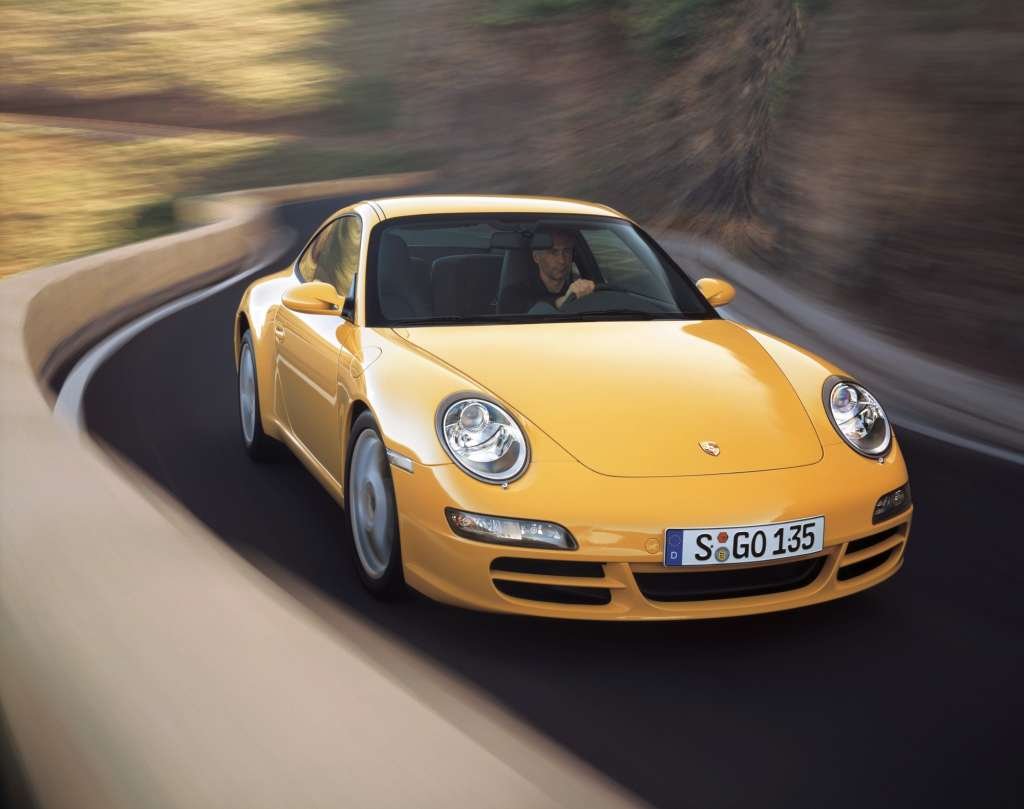
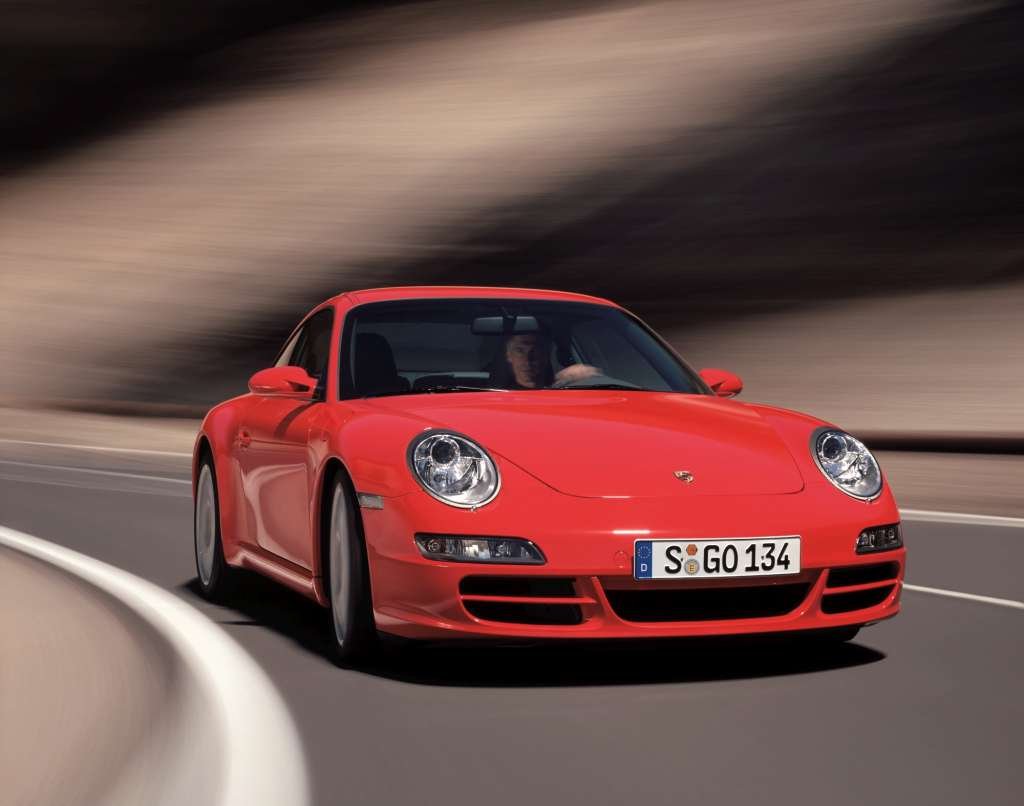
Porsche therefore designed a new front end that again cited the last air-cooled Porsche 911’s design (993). Hence, the 2004 Porsche 911 had round headlights again. Fog lights and turn signals moved down into the apron as independent components, as they had on the previous predecessor.
Dimensions and weight, on the other hand, changed only marginally. The new 911 Carrera was 13 millimeters shorter but 38 millimeters wider. Its five millimeter increase in height was accompanied by an additional weight of 25 kilograms. The Porsche 997 Carrera Coupé with rear-wheel drive weighed in at 1,395 kilograms from model year 2004. All 997 Carrera 4 models, i.e. the all-wheel-drive models, were again given 22 millimeters wider rear fenders.
The commercial success of its predecessor also meant a departure from overly extreme cost-cutting constraints. Especially since the Cayenne, which was launched a year before the 997, was very well received by customers and Porsche earned good money with it. As a result, the range of equipment was already packed with all kinds of technical refinements when the Porsche 997 was launched. The new Porsche Active Suspension Management (PASM), for example, came as standard in the Porsche 997 Carrera S. Speaking of the Carrera S, there was even an engine with more displacement to choose from within the Carrera range. By increasing its bore from 96 to 99 millimeters, it now has a displacement of 3.8 liters instead of 3.6. The 325 and 355 hp engines both belong to the M96/97 family.
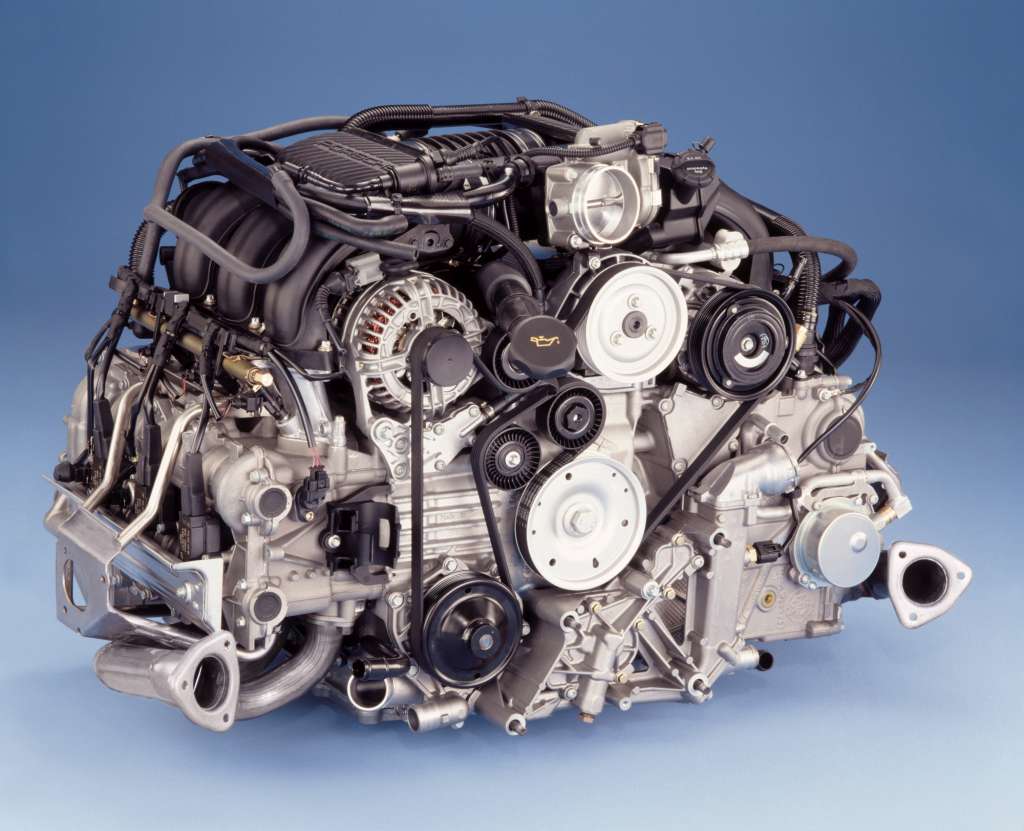
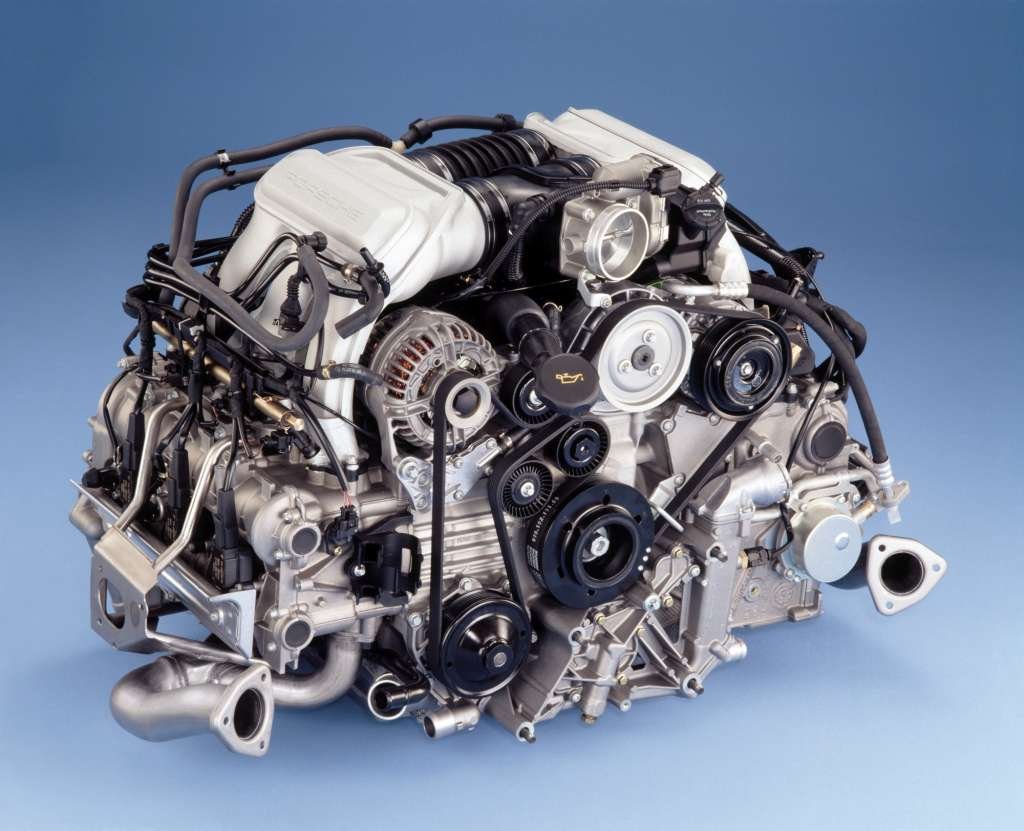
The steering system also had a novelty up its sleeve. It had a variable steering ratio that becomes increasingly direct from a steering wheel angle of 30 degrees. Following its introduction on the Porsche 996 Turbo, the Porsche Ceramic Composite Brake (PCCB) could also be ordered for the first time as an option on Carrera models. Porsche Communication Management with a 5.8-inch screen was installed in all Porsche 911 Carrera/Turbo/GT2s of the 997.1 series. Navigation and telephone functions, however, cost extra. There were also significantly more customization options inside and out. The expanded color palette, dials, leather colors, three different seats, and the Sport Chrono Package Plus, which was available for the first time and included a stopwatch on the dashboard, are just a few examples.
Porsche has once again significantly redesigned the interior of the 997. In a direct comparison, the five instruments that merge into one another are primarily reminiscent of the predecessor. The rest of the interior was drastically polished by the Stuttgart company. All the switches were new. Neither the climate control panel, nor the air vents, the door panels or the steering wheels of the 997 had anything in common with the Porsche 996. Instead, there were modern aluminum appliqués, cleaner lines, and incredibly cool fold-out cup holders.
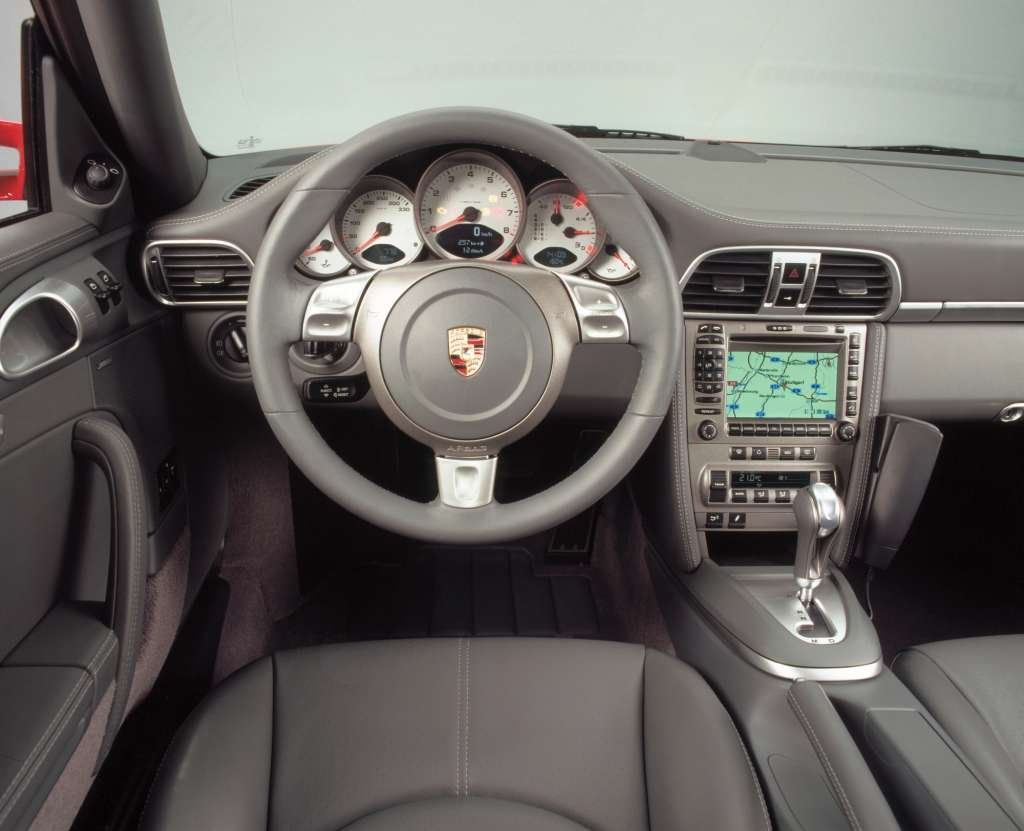
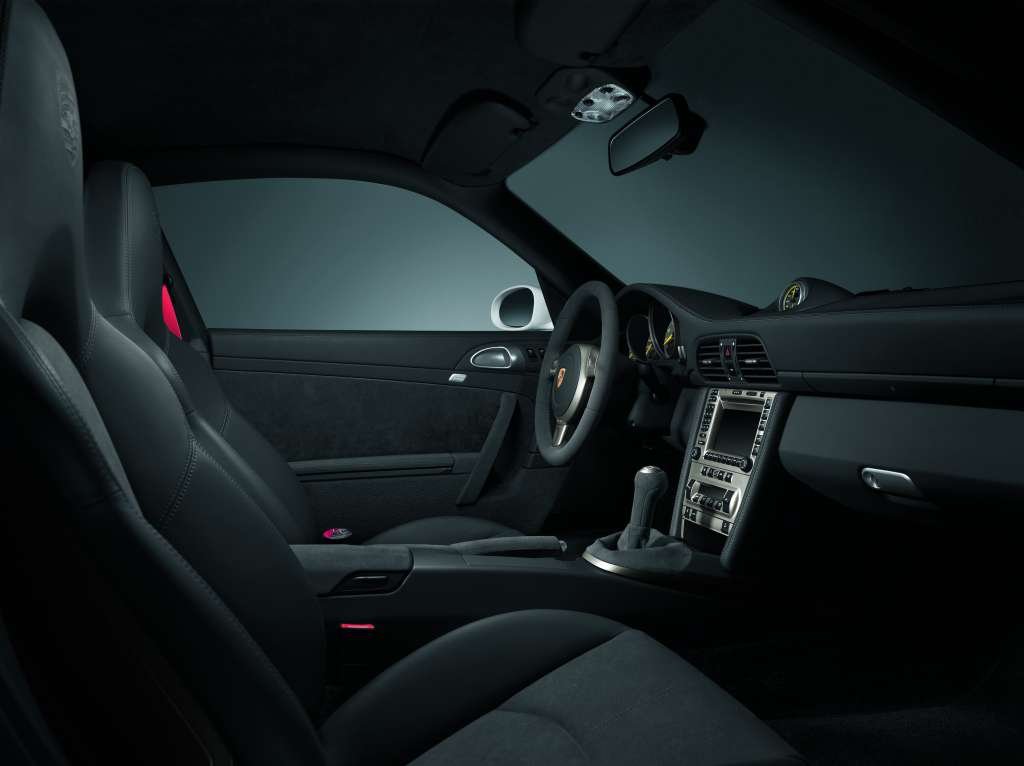
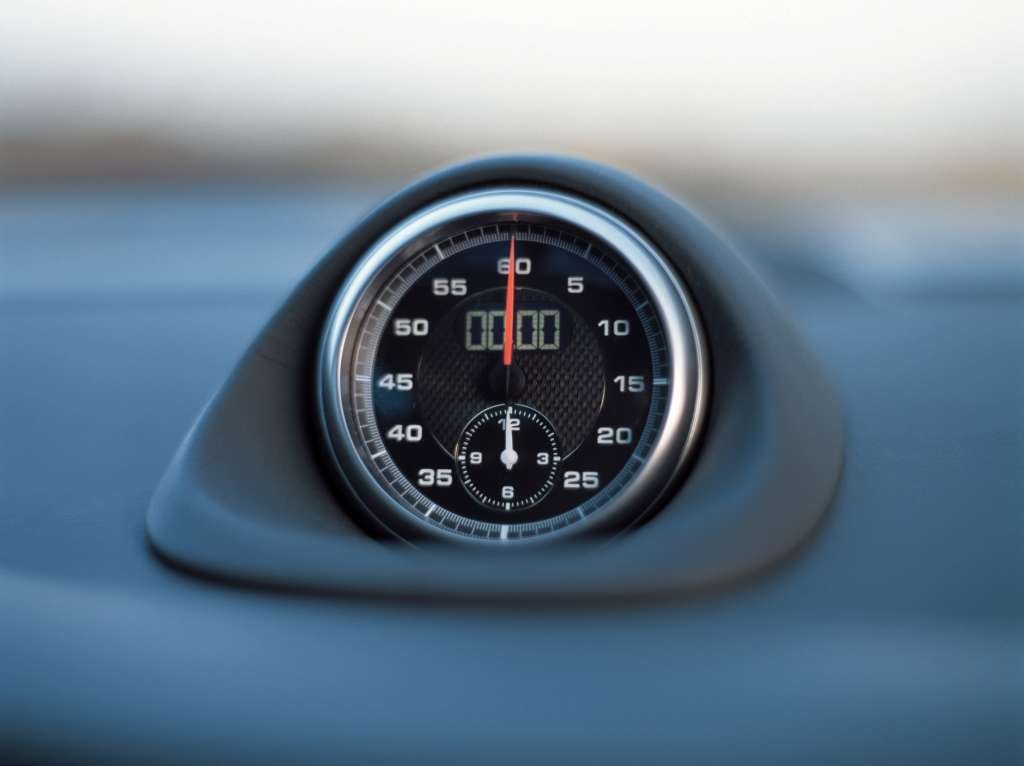
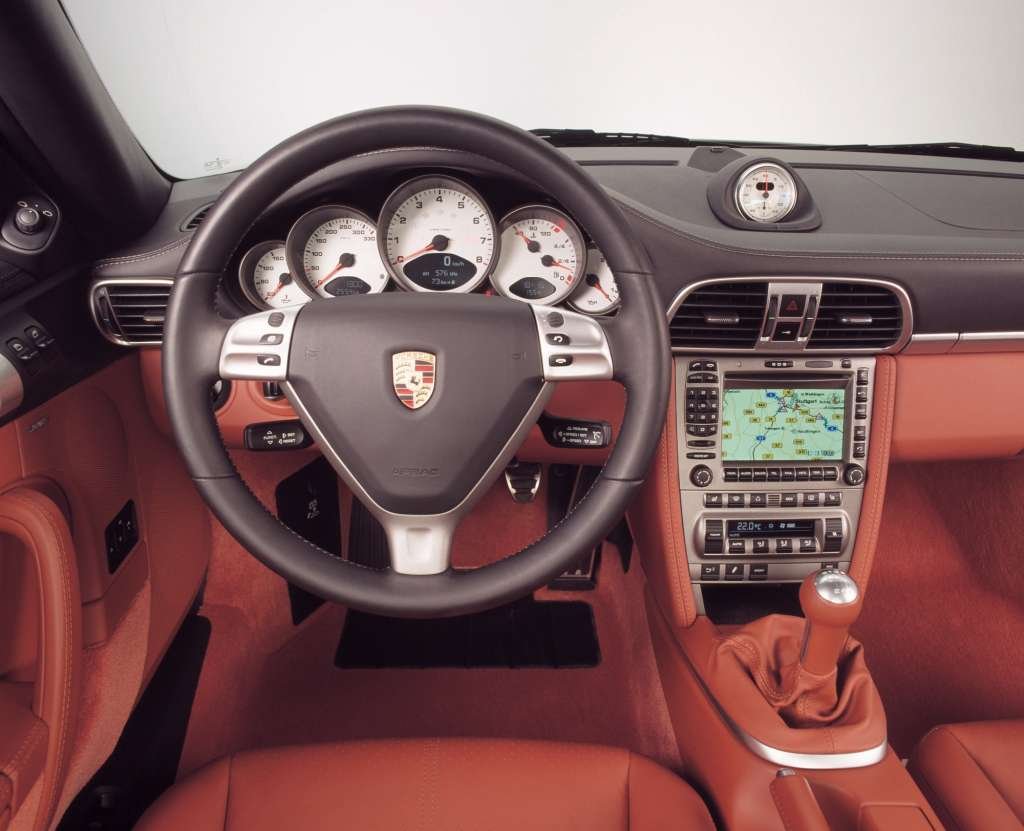
The media response was divided. Visually, the Porsche 997 was everybody’s darling right from the start. Even at the time of its launch, experts predicted that this was a future classic. It is still often mentioned when it comes to the question of the most beautiful 911 of all time. In terms of driving, however, Porsche only carefully sharpened and cautiously refined its top sports car model. There are only marginal differences in performance between the Porsche 997.1 and its predecessor, the 996.2. After all, the engines are very similar. Since the 997.1 also had a worse power-to-weight ratio than its predecessor, the experts were irritated.
Bigger leaps in performance came later in the model’s history. That’s because Porsche continued to develop the 997 over its lifetime. Innovations such as turbochargers with variable turbine geometry (VTG) in the 997 Turbo and the new generation MA engines with direct fuel injection (DFI) for the Porsche 997.2 are prominent examples. The new engine family again offered 30 hp more power for the Carrera and Carrera S with over one liter less fuel consumption per 100 kilometers.
As of 2004, the Porsche 911 presents itself in a more diverse range than ever before: it is available as a Coupé and Targa, Cabriolet and Speedster, with rear- and all-wheel drive, narrow- and widebody, with water-cooled naturally aspirated and turbo engines, as a GTS, and in the sports versions GT2, GT2 RS, GT3, and no less than two GT3 RS versions. Including special models, the range reaches 24 model variants – supplemented by numerous customization options.
Porsche on the 997’s development
However, the Porsche 997 took on a true pioneering role commercially. The limited-edition 997 Speedster and Sport Classic in particular enchanted Porsche disciples. The introduction of the GTS models as an intermediate stage between the Carrera S and GT3 also proved to be a terrific move. Today, it is impossible to imagine the model range without Porsche’s GTS cars. There were 24 different model variants by the end of production.
When it was launched in July 2004 (model year 2005), the Porsche 997 was initially only available as a Carrera or Carrera S with rear-wheel drive. At the start of production, there was only a Coupé version available. All-wheel drive was offered on the seventh-generation Porsche 911 from November 2004. The body of the all-wheel-drive models grew in width by 44 millimeters. Initially, the 997 Carrera 4S had to make do without a continuous light strip at the rear. The Cabrio arrived in time for spring in April 2005 and the Targa (exclusively as the Targa 4 with all-wheel drive) not until the 2006 model year. Transmission choices included a newly developed 6-speed manual gearbox designated G97/31 and the 5-speed Tiptronic S (A97/31). The increase in maximum torque to 400 Nm in the Carrera S made it necessary to replace the G96 transmission from its predecessor.
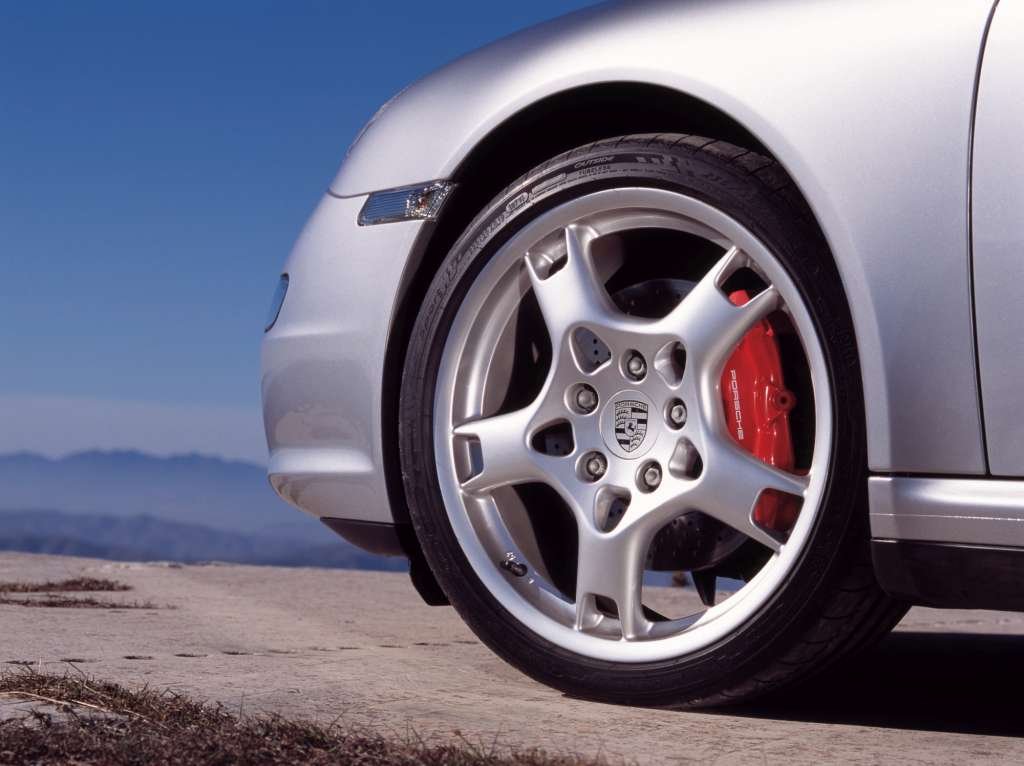
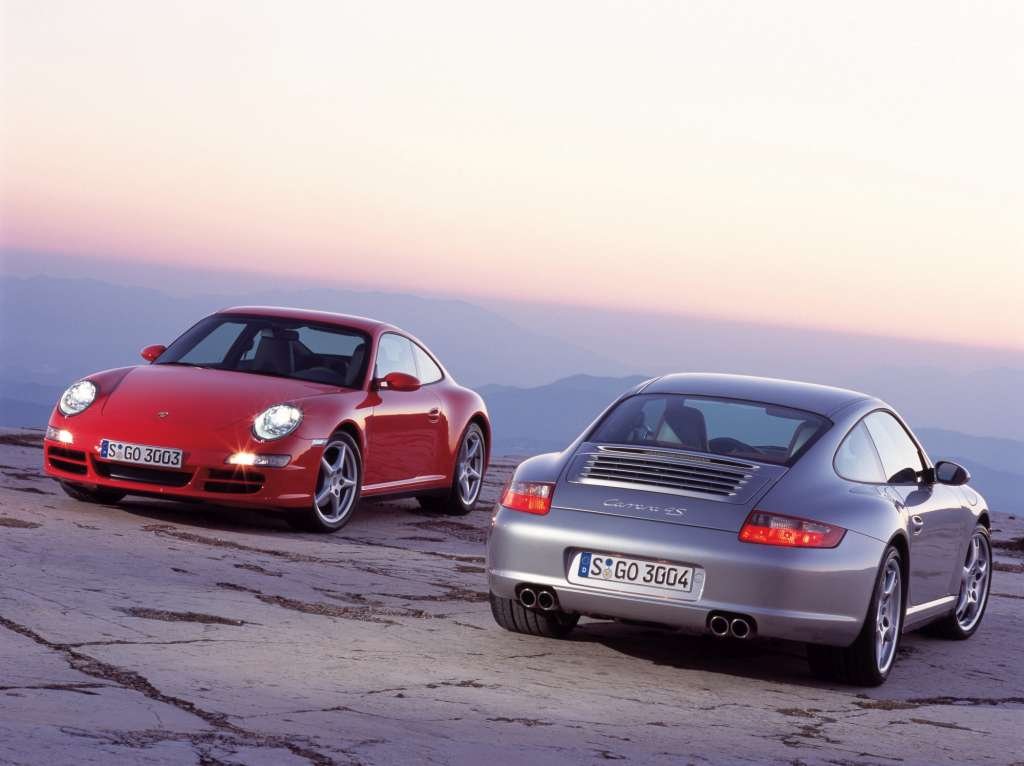
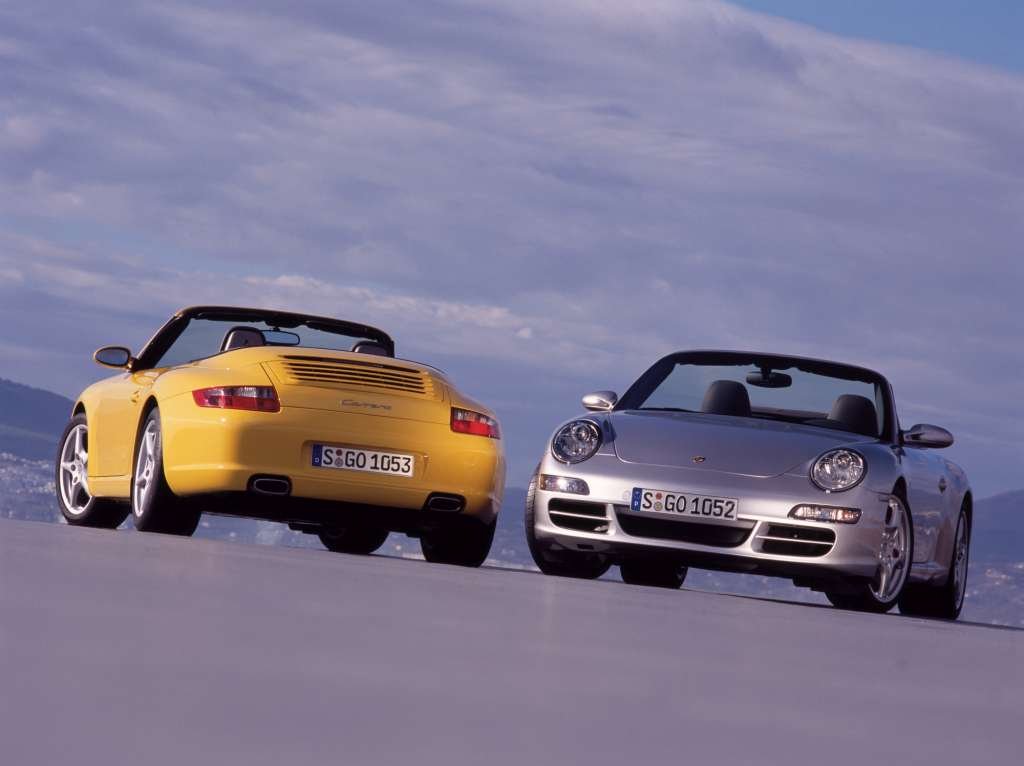
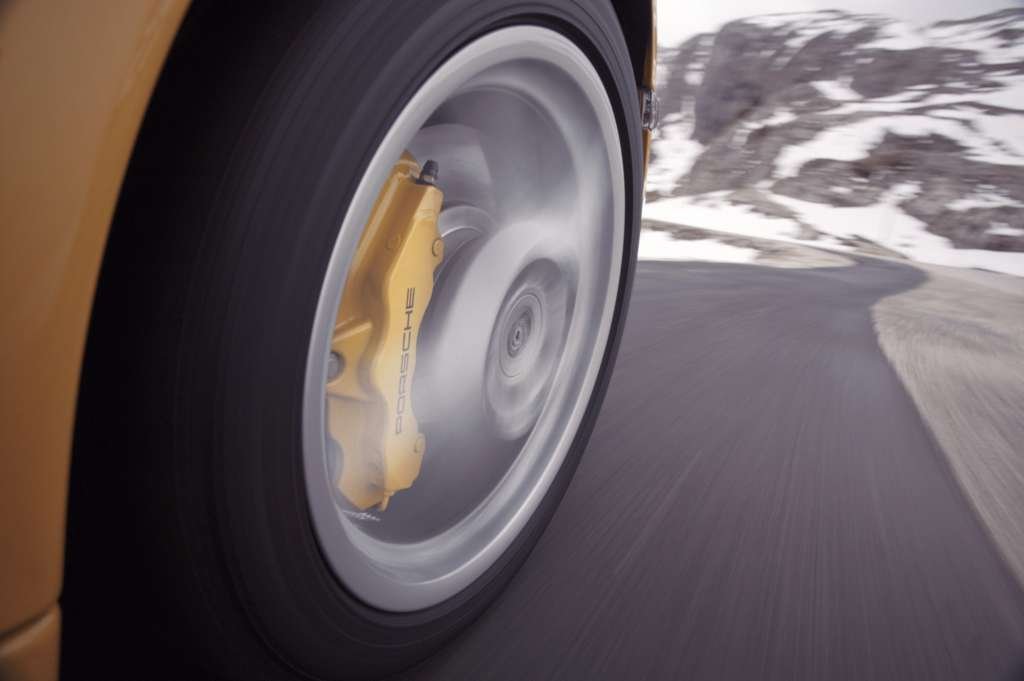
The new PASM and the sports exhaust system with two twin tailpipes were standard on the Porsche 997 Carrera S, while both cost extra on the regular Carrera. A limited-slip differential was reserved for cars with the optional sports suspension in both cases. Buyers of the Cabrio received a somewhat softer-tuned version of the PASM. The Sport Chrono Package Plus, which was also available at extra cost, was available for all models. Pressing the Sport button on the center console made the electronically controlled throttle react even more sensitively to its driver’s commands. Porsche Stability Management (PSM) allowed more drift angles, and the dampers of the PASM were tightened. With the aid of the chronograph, lap times could be stopped by operating the control lever on the steering column.
The brakes of the Porsche 997.1 Carrera are almost identical to those of its predecessor. Only a little more support from the brake booster ensures a more spontaneous response from the black four-piston aluminum fixed calipers. In the 997.1 Carrera S, on the other hand, a significantly revised brake system with larger discs (330 mm all around instead of 319/299 mm) and a larger master cylinder was used. The improved brakes can be identified by the red-painted brake calipers. The optional PCCB brakes feature even larger brake discs (350 mm) and yellow calipers (six pistons at the front, four at the rear) and 50 percent less brake disc weight.
While 17-inch rims were the norm on the 996, the Porsche 997 Carrera rolls on 18-inch wheels. The Carrera S even has 19-inch wheels. At the same time, for the first time in the history of the 911, the rolling circumference of the wheels on the Porsche 997 has been increased by 2.5 percent at the front and 5 percent at the rear. “The result: significantly higher transmissible forces due to lower specific tire loads, partially reduced tire pressures and thus increased performance.” All seventh-generation 911s were equipped with an electronic tire pressure monitoring system (RDK). At 0.3 or 0.5 bar pressure loss, occupants are alerted by visual and audible warnings.
A further contribution to the Porsche 911’s already unique economy in the sports car segment are the extended service intervals with the 997. Instead of every 20,000 kilometers as before, the service schedule calls for maintenance every 30,000 kilometers. Coupled with the fully corrosion-resistant PCCB, this made the Porsche 997.1 Carrera (S) probably the least maintenance-intensive sports car ever to that date.
With the Porsche 911 Carrera S anniversary model “50 Years Porsche Club of America” (PCA) in 2005 already came the first special model. With its 381-hp 3.8-liter power unit, it anticipated the factory performance upgrade (WLS) for the 2006 model year. In addition, these cars, which were limited to 50 units, were individually painted to customer specifications and also received the same color scheme on all painted interior parts such as the center console and seat backs. For this customization, along with a sports steering wheel and a special badge, customers paid a $20,811 premium over the regular Carrera S (MSRP: $99,911.00).
The performance upgrade used on the PCA anniversary model included flow-optimized intake and exhaust ducts, a larger-dimensioned aluminum intake, and exhaust manifolds with a larger cross-section. Porsche manufactured the air filter housing in carbon for the WLS models. The reward for the work was more power in the upper rev range, with a maximum of 381 hp at 7,200 rpm and 415 Nm at 5,500 rpm.
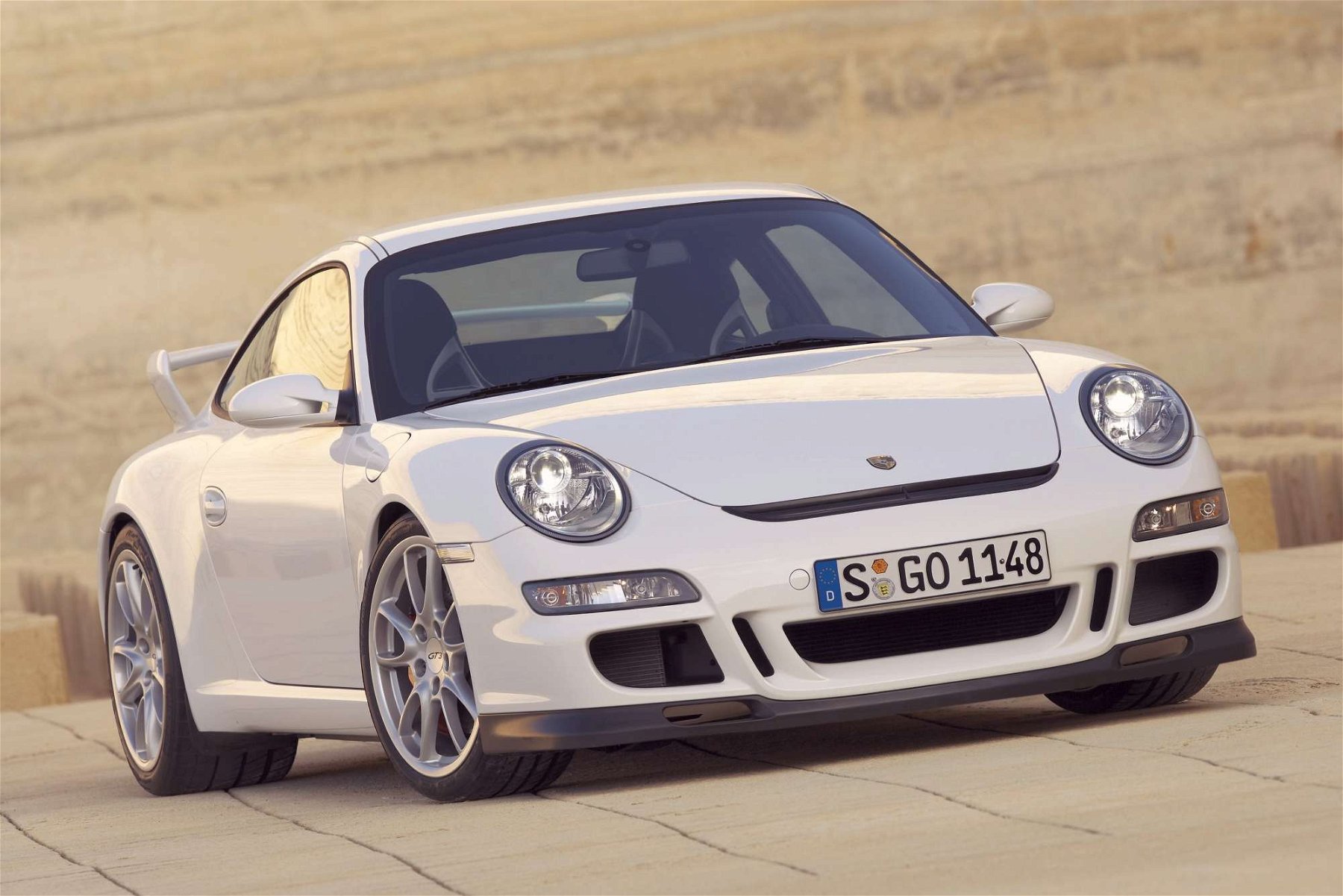

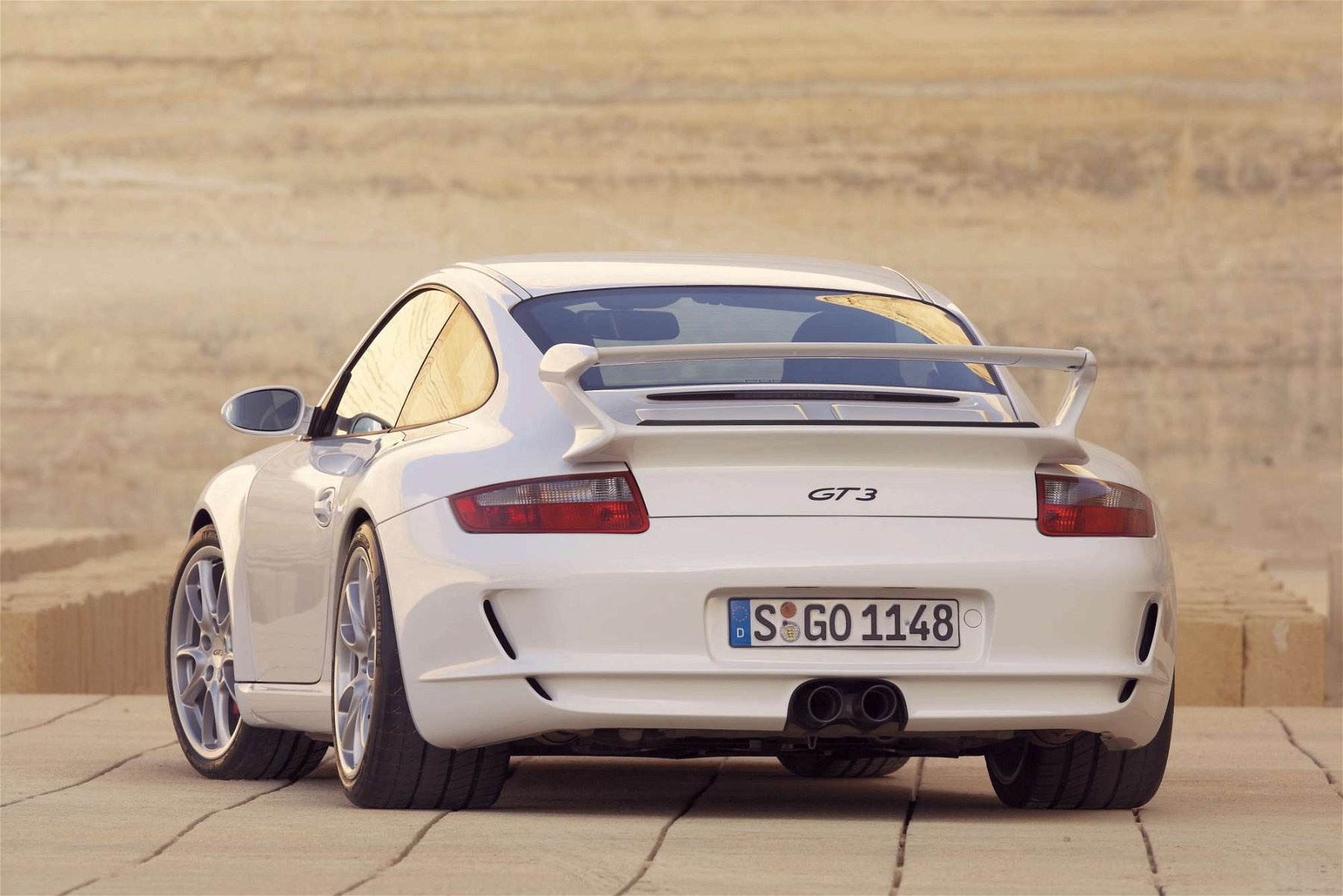
Porsche presented the 997 Turbo at the end of February 2006. While the block is similar in bore and stroke of the 996 with 100 x 76.4 mm and thus 3600 cc displacement, there are some party tricks. As this newly developed engine had turbochargers with variable turbine geometry. As a result, the M97/70 produces a whopping 480 hp, 60 hp more than its predecessor, and 60 Nm more torque (620 Nm from 1,950 rpm). With Sport Chrono Package, the 997 Turbo even provided 680 Nm of torque in “overboost” for a ten seconds. With a sprint from zero to one hundred kph in 3.9 seconds, the Porsche 997 Turbo even outperforms the Porsche 996 GT2 (4.0 s) in this discipline. Thanks to special tuning, the Tiptronic version sprints even faster. It reaches highway speed in 3.7 seconds.
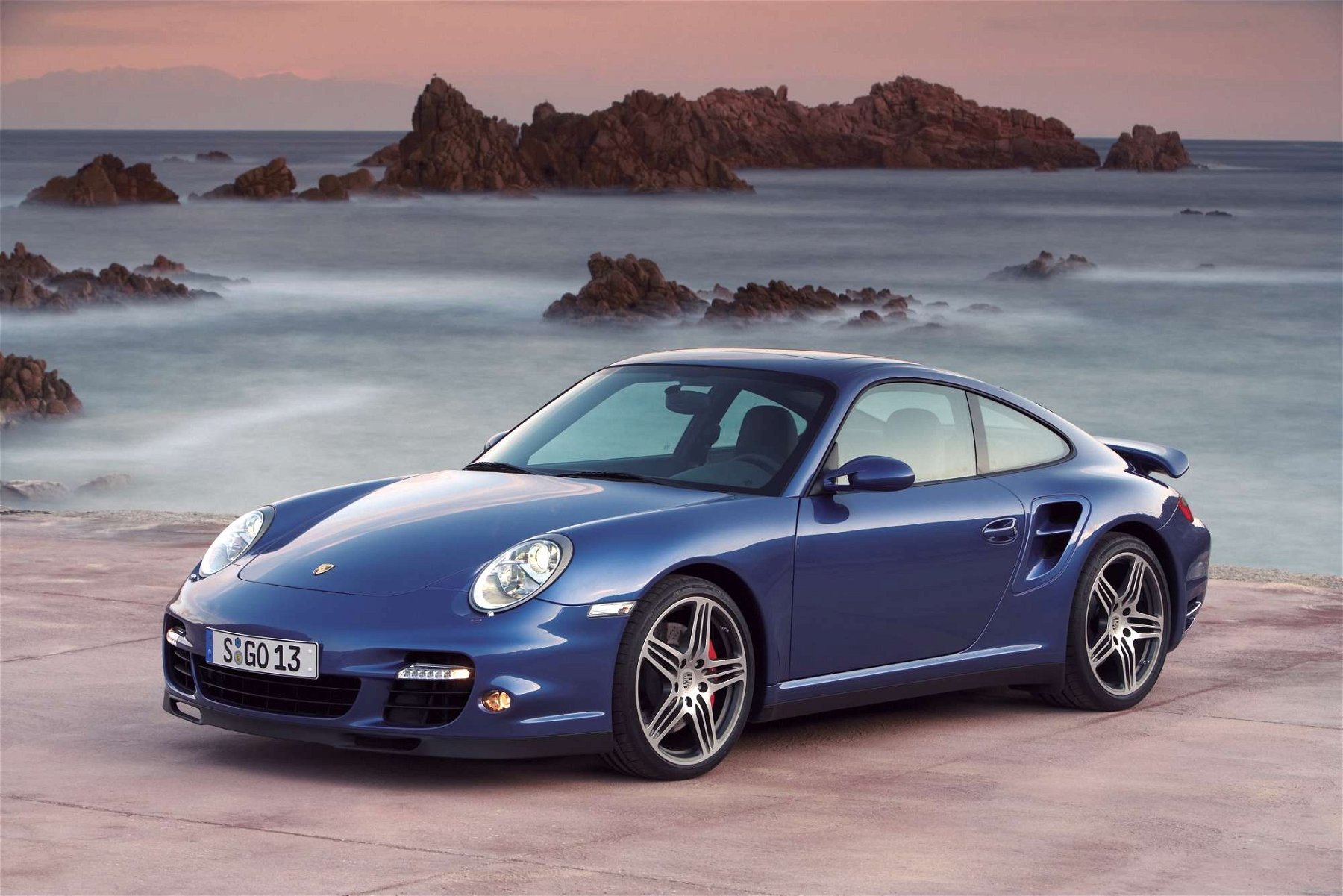
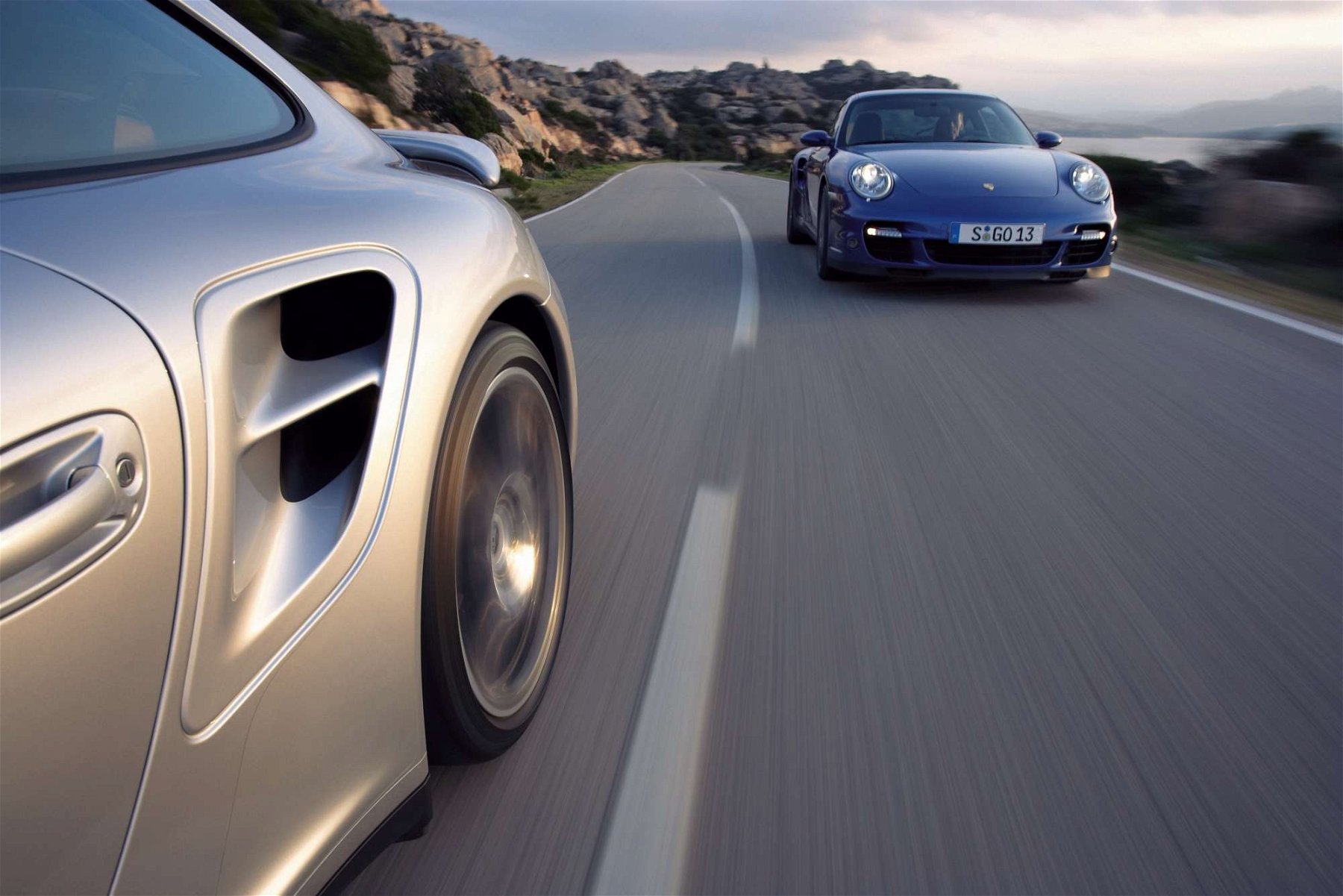
After the Porsche 996 GT3 quickly won the hearts of fans, the second water-cooled homologation model followed in summer 2006 with the 997 GT3. The 3.6-liter engine with 415 hp was the naturally aspirated engine with the highest specific output (hp per liter of displacement) in the world at the time. Porsche coaxed 115.3 hp per 1,000 cc out of the M97/76. This was achieved through a great deal of revving. The limiter only kicked in at 8,400 rpm. Above all, the newly developed exhaust system, with 12 liters more volume and 10 kilograms less weight, offered considerable performance advantages over the 996.2 GT3 with its 381 hp. Thanks to the shorter gear ratio, the GT3 offered significantly improved driving performance – despite 15 kg more weight.
The Porsche 997 GT3 RS, which was also available for the 2007 model year, differed visually from the 997 GT3 with its 44-meter wider all-wheel-drive body and the GT3 RS badge on the side of the vehicle. Compared to the tamer GT3, the 997 GT3 RS saved another 20 kilograms. This was made possible by a plastic rear window, lightweight bucket seats, carbon-fiber rear wings and a single-mass flywheel. At the same time, this helps the already rev-happy engine to rev up even faster. Also standard on the Rennsport GT3 is the Clubsport package including fire extinguisher, roll bar and battery master switch.
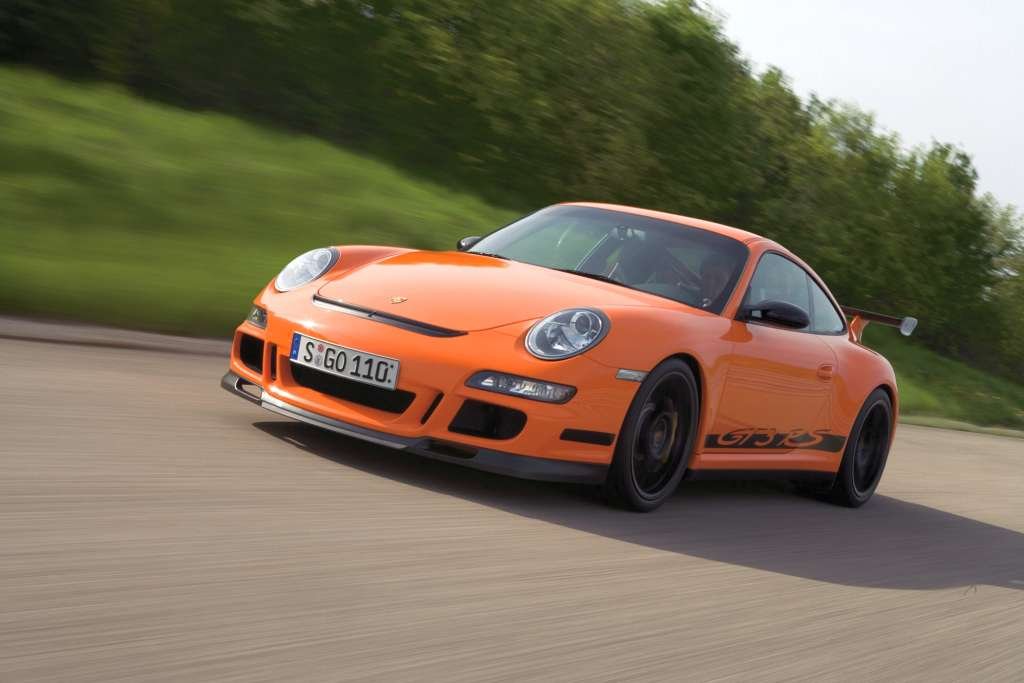
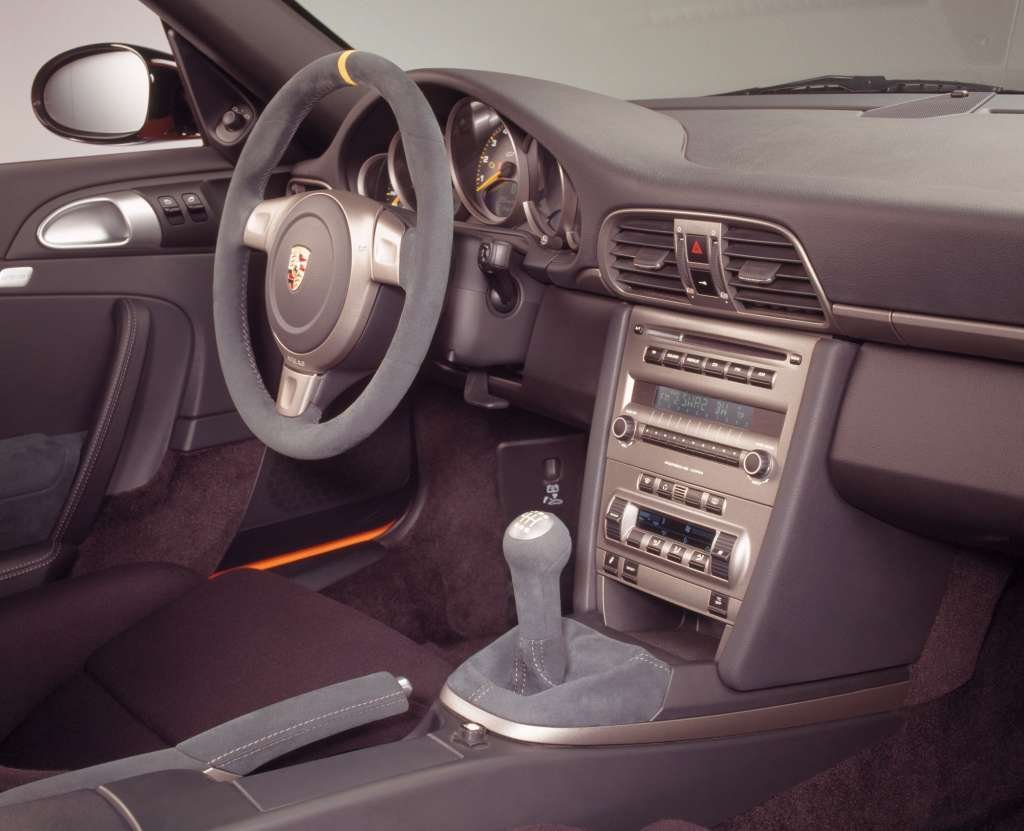
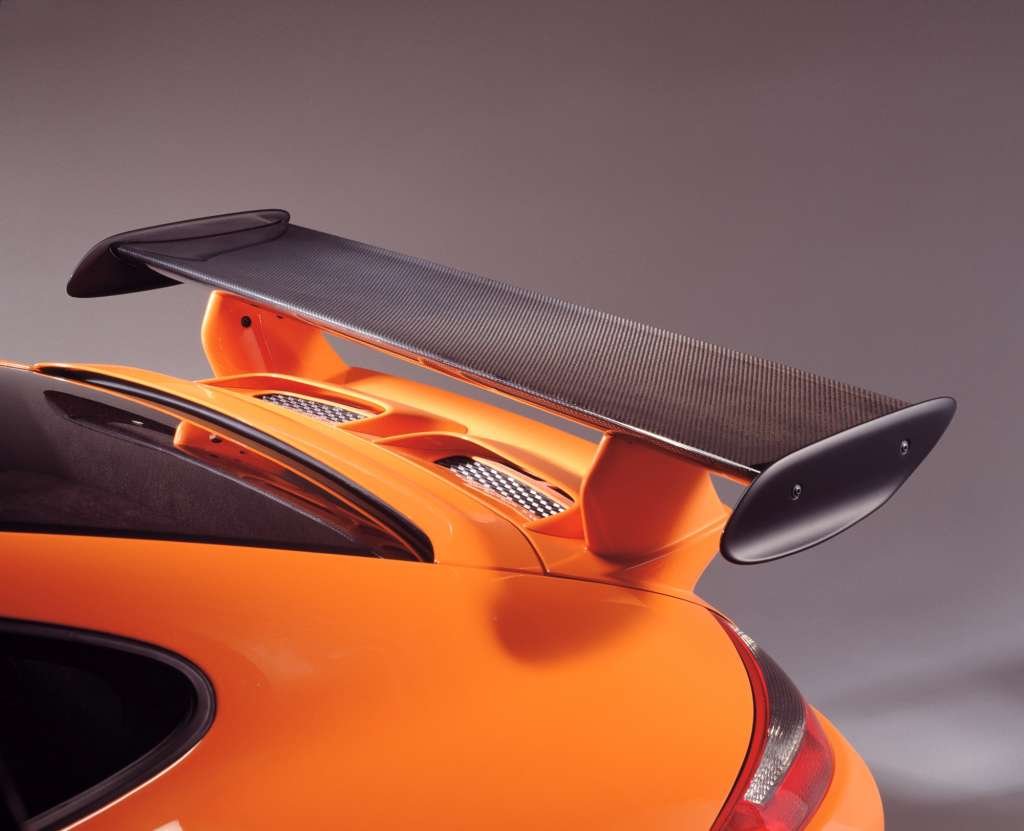
To continue the tradition of Turbo 911 Cabriolets with soft tops, Porsche launched the 997 Turbo Cabriolet in summer 2007. Stricter safety requirements and more engine power necessitated a large number of stiffening measures. Additional reinforcing plates are welded into the sills. A large part of the body is also spot-welded and bonded at the same time. This again benefits stiffness.
Porsche was particularly proud of the aerodynamics of the 997 Turbo Cabriolet. Its drag coefficient is identical to that of the Turbo Coupé. The fabric soft top also had no significant disadvantages in terms of wind ventilation. Thanks to the 65 mm extending split wing at the rear, the Cabriolet even achieved the same lift values as the Coupé. Porsche proudly emphasized at the time that the 997 Turbo Cabriolet was the only production convertible in the world with downforce on the rear axle.
The icing on the cake of the first-generation Porsche 997 came in model year 2008, when Porsche presented their third 911 GT2. It was the fastest and most powerful street-legal Porsche 911 of all time. Thanks to 530 hp from 3.6 liters of displacement, the super 911 sprinted from zero to one hundred kph in 3.4 seconds and reached 329 kph top speed. At 1,445 kilograms, the Porsche 997 GT2 weighed a whopping 145 kilograms less than the Turbo. This was made possible by extreme weight savings such as a titanium exhaust system, the omission of the all-wheel drive system, PCCB, elimination of the rear seats and an aluminum rear axle carrier.
For the model update of the Porsche 997, Porsche came up with a completely newly developed engine range. A good ten years after the first water-cooled six-cylinder boxer engines from Zuffenhausen, a comprehensive new development was added to the rear of the 911. With the engine generation known as MA1, Porsche introduced gasoline direct injection (DFI) in the Porsche 997 Carrera (S). This was followed in 2009 by the Porsche 997.2 Turbo.
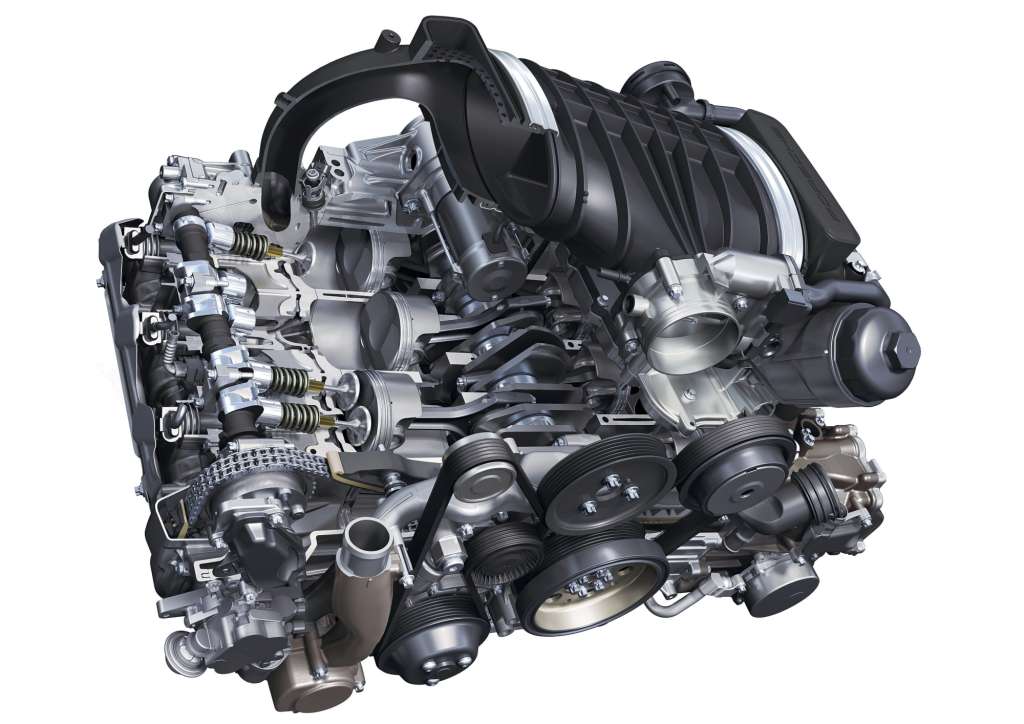
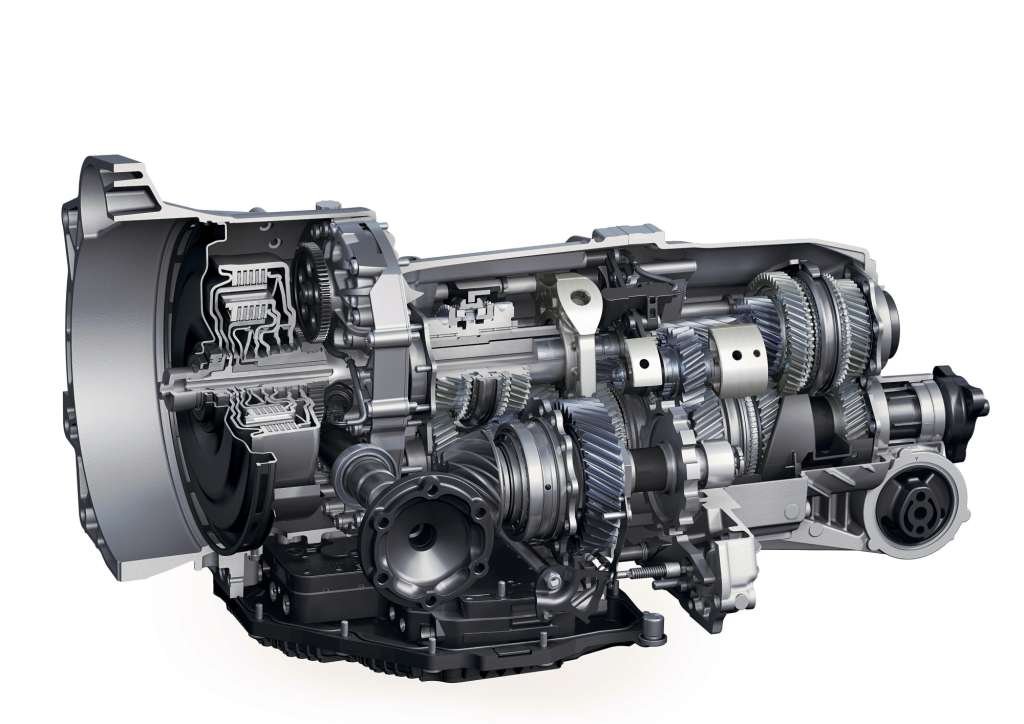
Thanks to mixture formation directly in the combustion chamber, the 911’s new engines achieved the stricter Euro 5 emissions standard and consumed more than one liter less per 100 kilometers. Its 345 and 385 hp engines were particularly effective in combination with the newly developed 7-speed Porsche dual-clutch transmission (PDK). The 500 hp 3.8 liter biturbo in the 911 Turbo topped it all off. With the exception of the almost identical displacement, the MA1 generation had virtually nothing in common with the M96/97 engines from the 996 and 997.1.
But Porsche also came up with a few visual ideas. The front received larger air intakes and LED daytime running lights. In addition, all Porsche 997.2 had bi-xenon headlights as standard. Cornering lights were available as an option. Porsche also revised the shape and function of the taillights. Their curve on the underside was given a dynamic bend and ran more pointedly outward. Thanks to LED technology, they shine brighter and also with less delay than halogen lights. After its redesign, the Porsche 997.2 Carrera 4S also had the iconic red light band between the taillights again.
Porsche’s Communication Management got a larger display with now 6.5 instead of 5.8 inches. The reason for this was the use of a touchscreen. This meant that the numeric keypad next to the screen was no longer necessary. There is also an optional USB/iPod interface and Bluetooth connectivity for the cell phone on board. Bluetooth music streaming was not yet available, though.
In addition to the revised Carrera and Turbo models, Porsche also presented a retread of the 997.2 GT3. With 3.8 liters of displacement, new aerodynamics with more downforce thanks to Ground Effect, and center-lock rims for the first time, it brought significantly more racing flair to the road than its predecessor. The now 435 hp Mezger engine, based on the 911 GT1, was even more rev-happy. Maximum engine speed was now upped to 8,500 rpm. It also proudly bore its displacement on the rear wing end plates. The 997.2 GT3 RS 3.8 followed at the beginning of 2010 with 450 hp and another 25 kilograms less weight than the GT3.
One of the many special models was also based on the Porsche 997.2 GT3. This was because Porsche recognized that more and more customers were willing to invest a great deal of money for exclusivity and individuality. The Porsche 997.2 GT3 RS 4.0, limited to 600 units, was the last expansion stage of the legendary Mezger engine. 500 hp from four liters of displacement meant 125 hp of specific power. The Rennsport 997 GT3, which sold out in no time at all, is considered by many to be the holy grail.
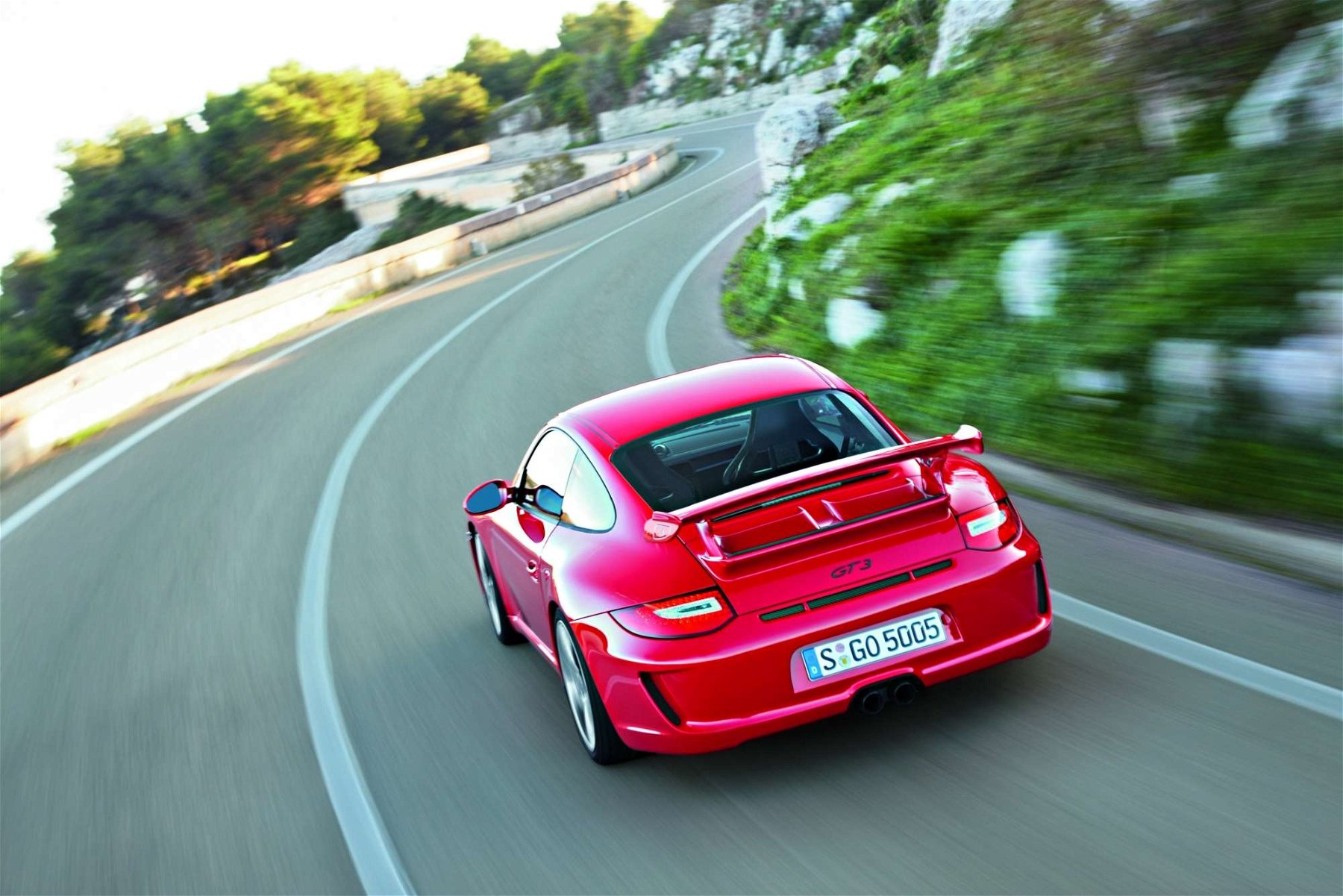
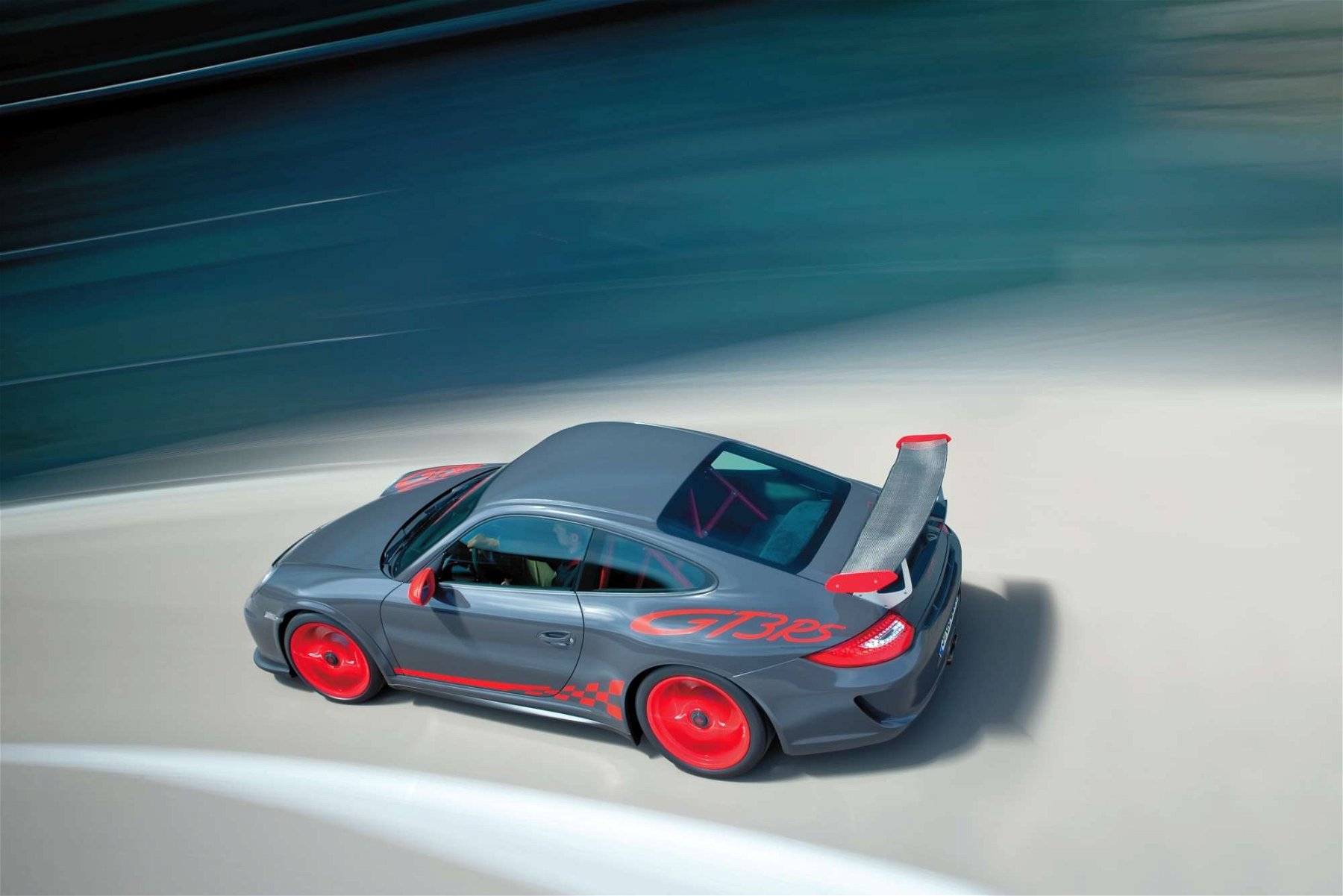
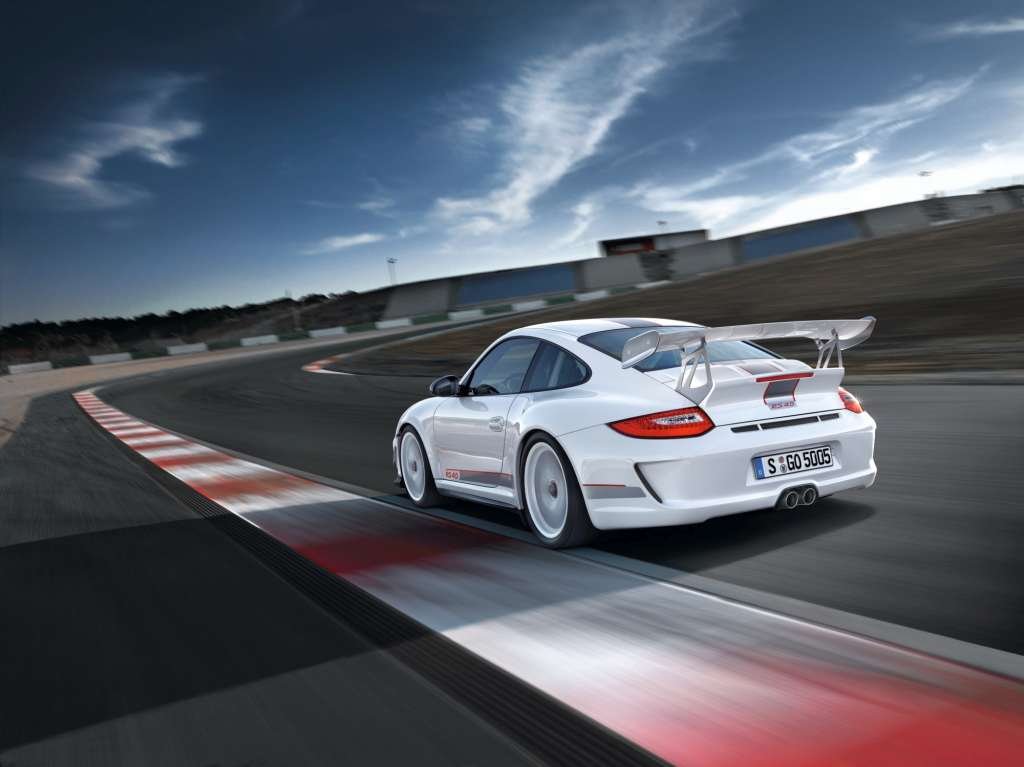
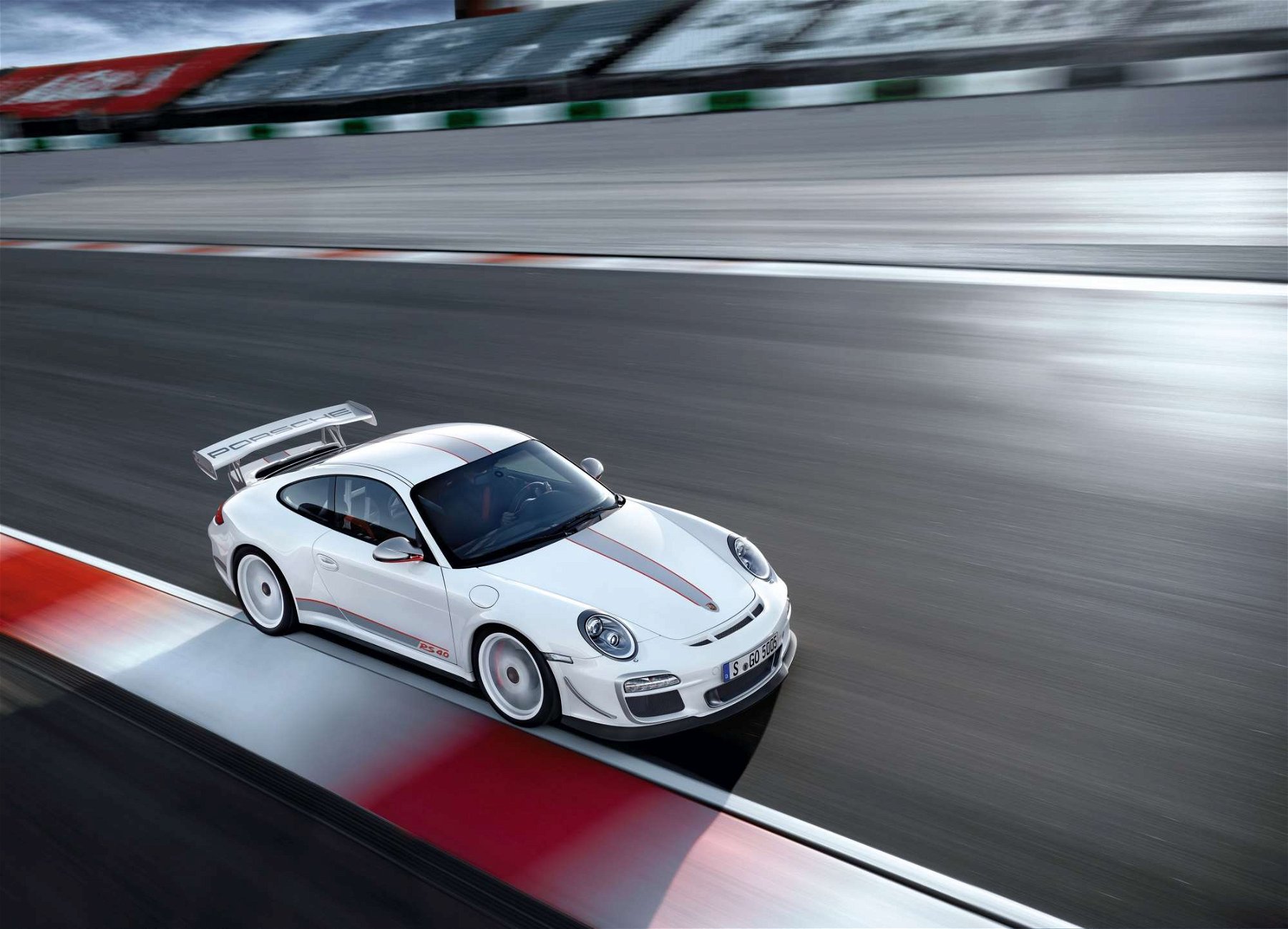
Another model that was sharpened, was the Porsche 997 GT2. The rear-wheel-drive turbo sports car was given the Rennsport treatment for the first time. Its 3.6-liter bi-turbo engine produced 620 hp and 700 Nm of torque. It thus outperformed the Porsche 997.2 Turbo S by an incredible 90 hp. No production 911 had ever achieved such performance figures before. The propulsion of the new top model in the 911 series did not end until it reached 330 kph.
Porsche followed up with another new model at the end of 2010. The Porsche 997 Carrera GTS was intended to close the gap between the Carrera S and the GT3. Its performance-enhanced Carrera S engine produced 408 hp – just as much as the 993 Turbo once did. In the 911 GTS, customers could get a driving experience that came dangerously close to the GT3 without sacrificing comfort. And it was available as a Coupé and Cabriolet with rear- and all-wheel drive!
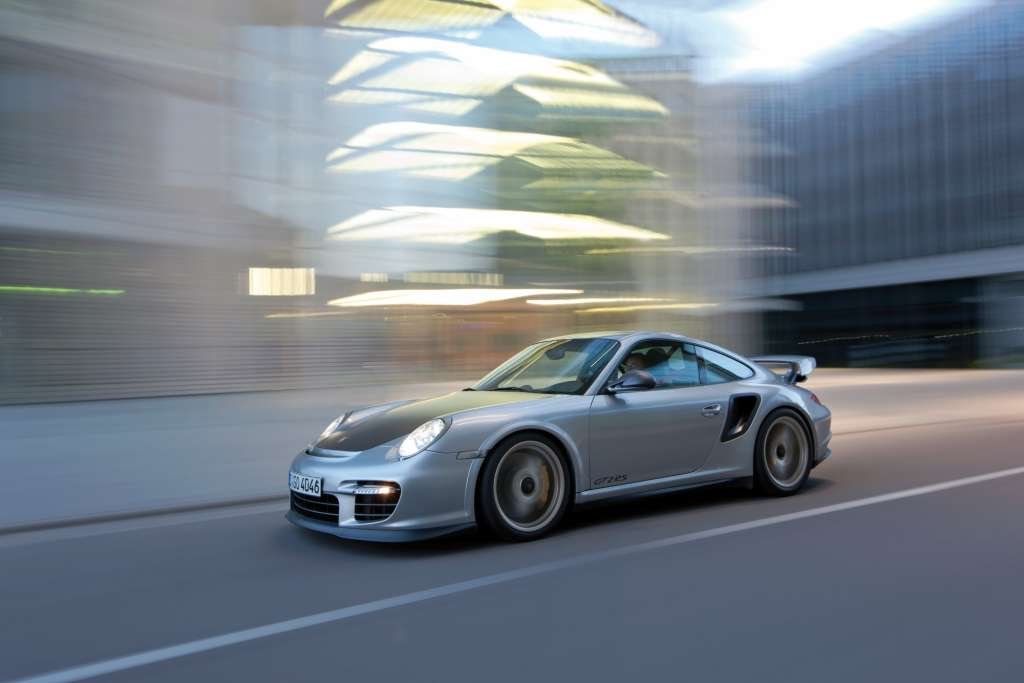
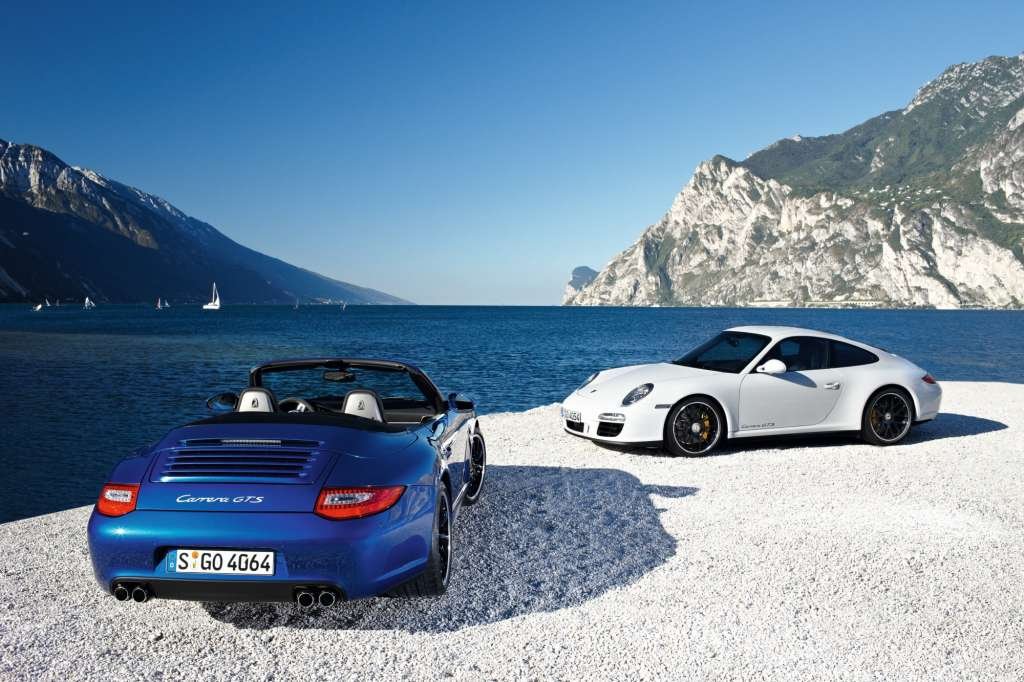
Another very successful special model was the Porsche 997 Sport Classic. The rear-wheel-drive 911 with a wide all-wheel-drive body, naturally aspirated engine, and retro styling enchanted customers. All 250 examples produced were painted in light gray and had a rear spoiler in the shape of a duck tail as a reminder of the 1973 911 Carrera RS 2.7. The 408-hp Porsche 997 Sport Classic is now – like the GT3 RS 4.0 – a sought-after classic that trades well above its sticker price.
The Porsche 997 Speedster, which was built 356 times, was almost as exclusive. With its flatter windshield and characteristic hood, it is the most visually distinctive model in the series. In contrast to the exclusively manual Sport Classic, it was only available with a 7-speed PDK. The basis was otherwise the same, with the 997.2 Carrera S power unit boosted to 408 hp.
Porsche also celebrated ten years of presence on the Chinese market with the 997.2 Turbo S 10 Year Anniversary Edition. Only ten units were produced. The 997 Black Edition based on the regular Carrera and the 997.2 Turbo S Edition 918 Spyder rounded off the round of special models. They were produced 1911 and 148 times respectively. The success of the limited-edition Porsche 911 models provided a preview of subsequent generations.
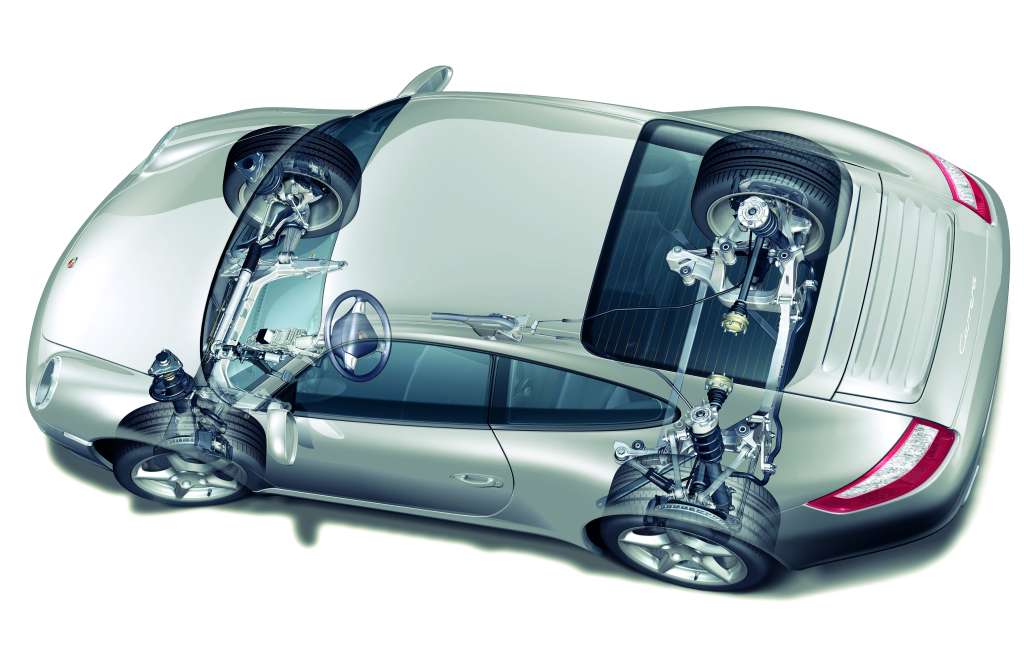
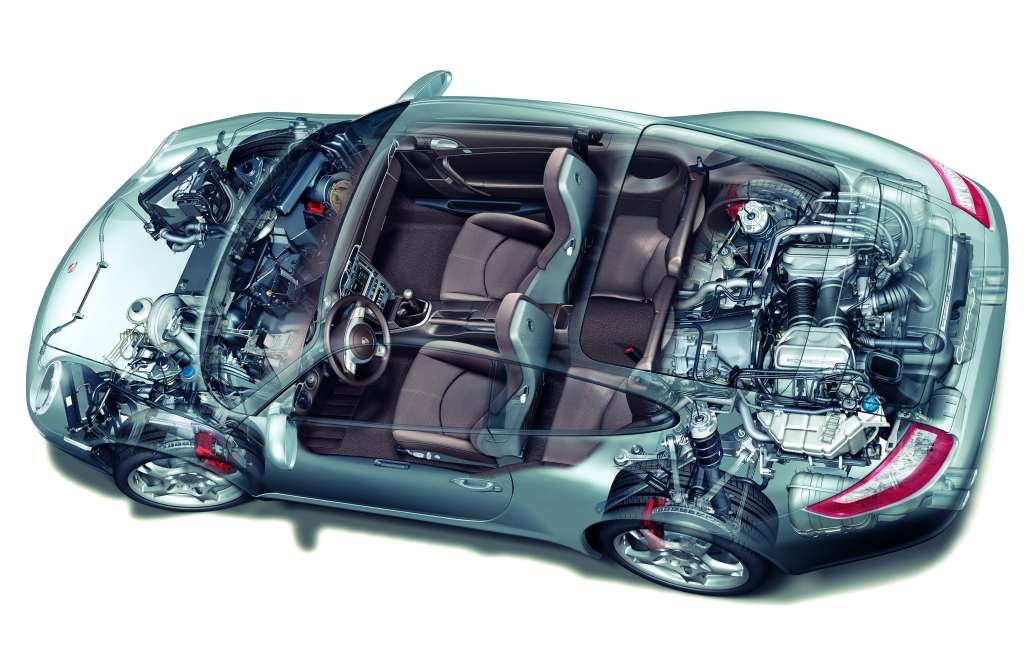
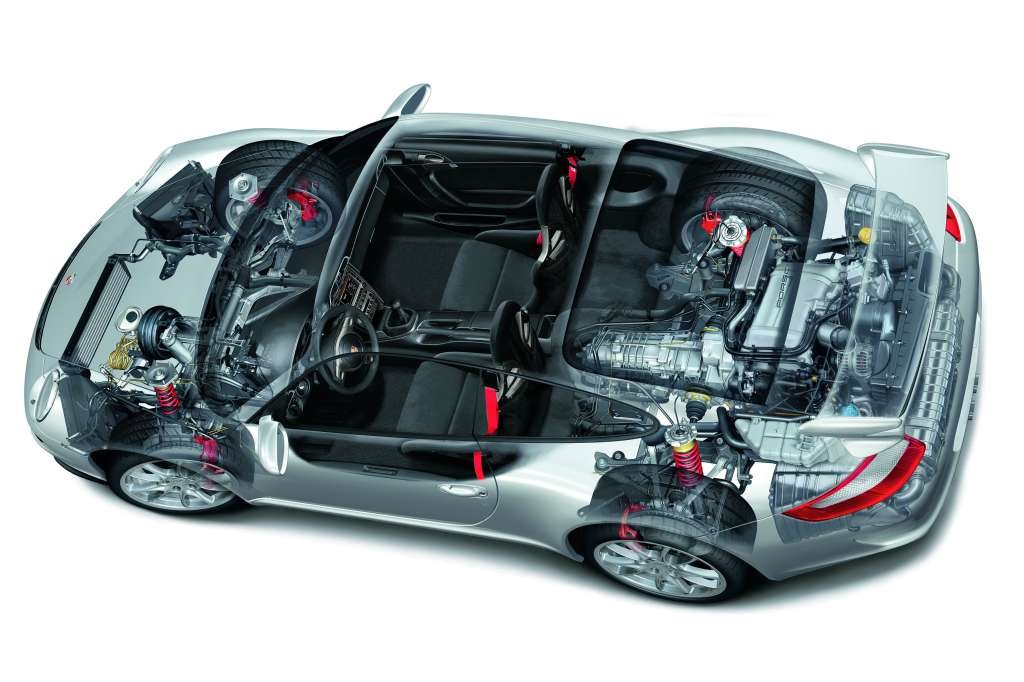
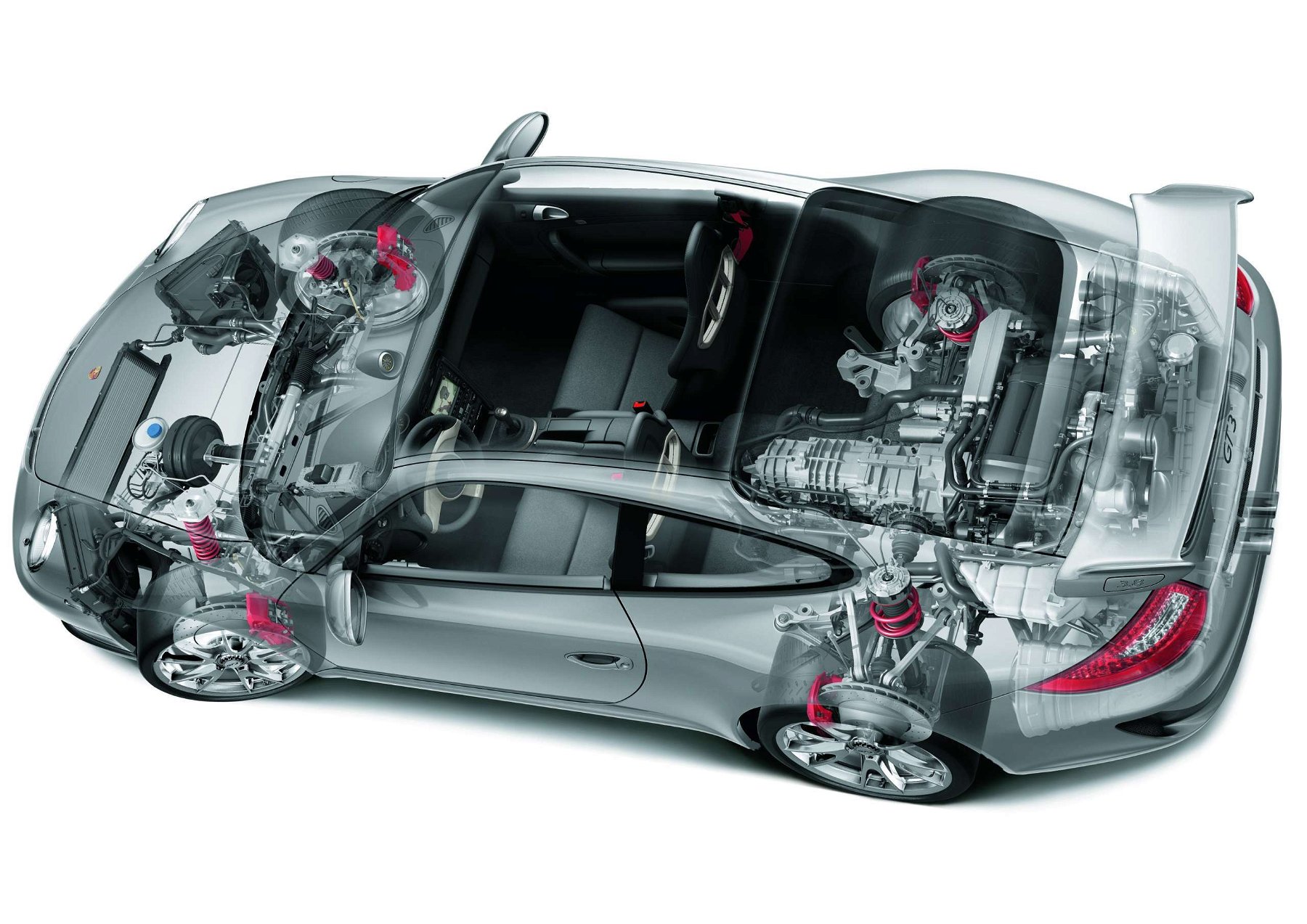
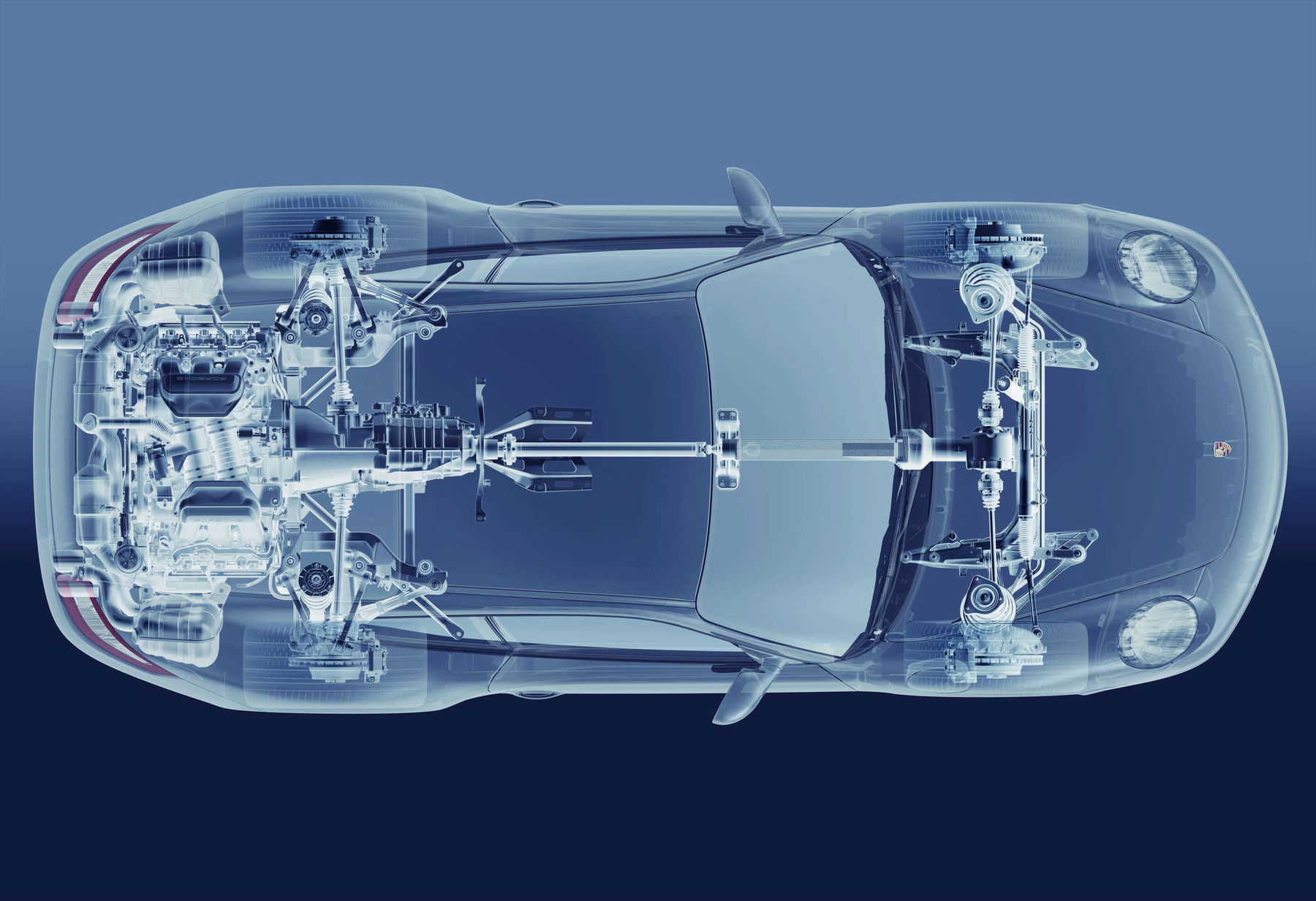
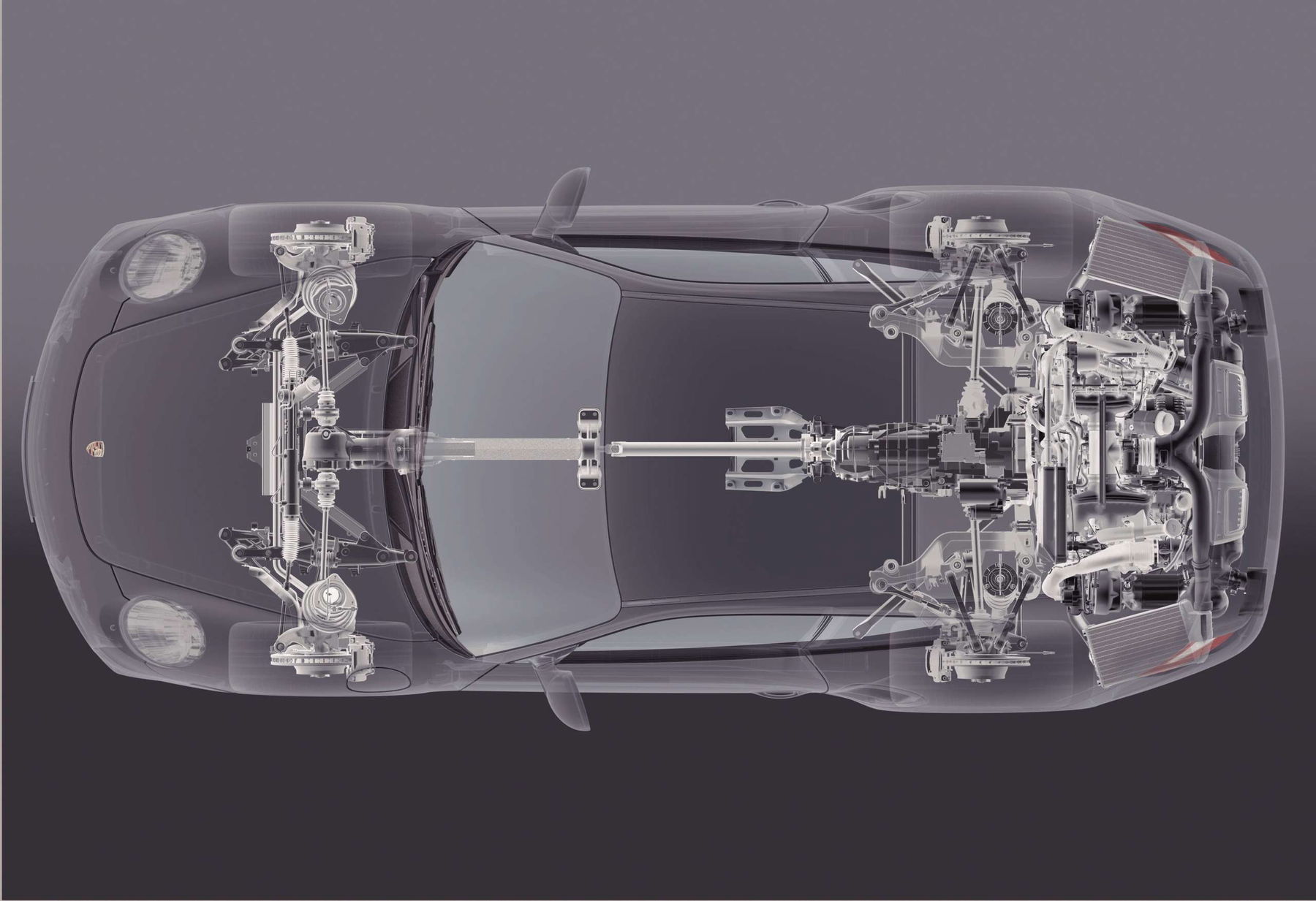
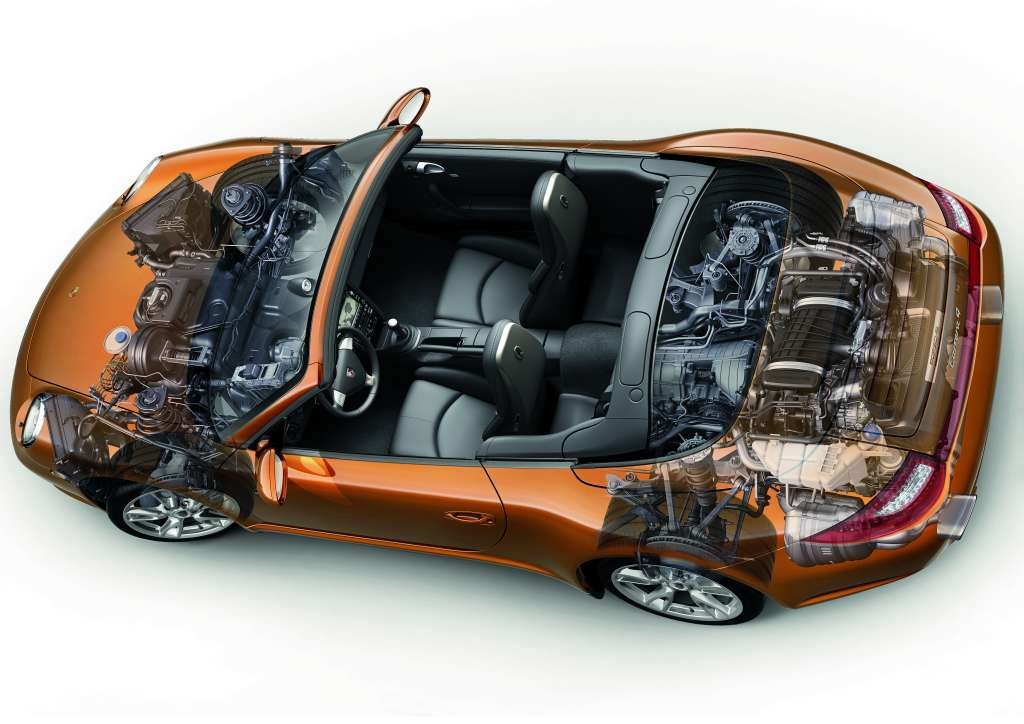
In 2005, the Porsche 997 was used in racing for the first time. It all started with the Porsche 997 GT3 Cup in the Carrera Cup. It was not until a year later that the new model made its debut with the Porsche 997 GT3 RSR. The new race car, which competed in the GT2 category, made its debut at the 2006 Spa 24 Hours, where the 911s fielded by Manthey Racing finished 14th and 15th. In 2007, Porsche 997s secured class victories at the 24 Hours of Daytona, Spa and Le Mans.
In 2010, Porsche entered a modified version of the 997 GT3 R on the Nordschleife for the 24-hour race. The Porsche 997 GT3 R Hybrid had an additional 120 kW (164 hp) of electric drive power available on the front axle. The motors were supplied with energy by a flywheel accumulator. Next to the driver, a flywheel in the cockpit rotated at up to 40,000 rpm and delivered the energy to the front wheels via kickdown. At the same time, the throttle opening went down to 60 percent. This saved Porsche a lot of fuel and enabled it to complete two laps longer per stint on the Nordschleife than the competition.
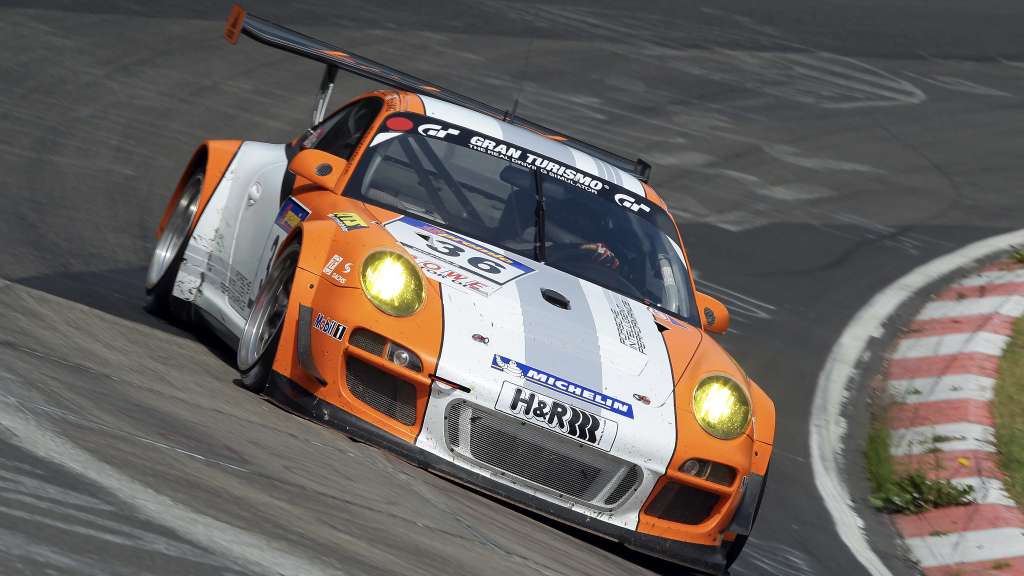
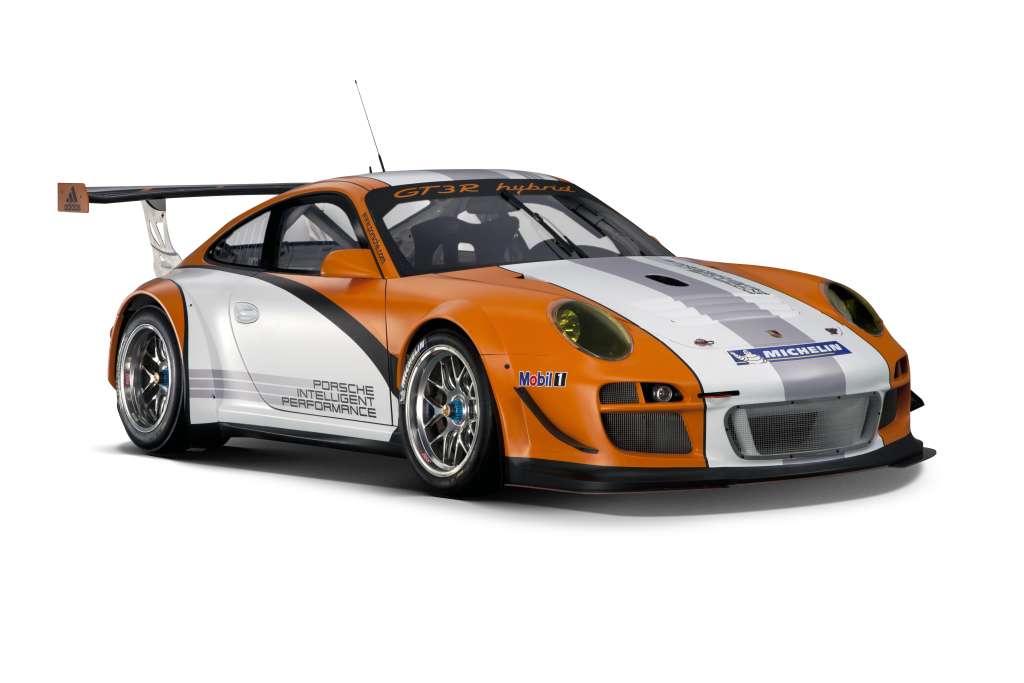
If it hadn’t been for a major engine failure just two hours before the end of the race, Porsche would probably have taken the overall victory directly with the first race entry of a hybrid race car. In May 2011, a further developed version finally took its first victory on the Nordschleife in a VLN race.
The appearance of the Porsche press vehicle with the registration number S-GO 2400 also caused quite a stir. In this standard Porsche 997 GT3 RS, a team of four drivers led by Roland Asch, Patrick Simon, Chris Harris and Horst von Saurma competed in the 24-hour race on the Nordschleife. After the journey on own axle only the most necessary modifications were made for the race. Even the license plates remained on the car.
At the end of the 24 hours, the team finished in 13th place overall. An incredible performance for a production car. According to Roland Asch, the brakes were only changed once as scheduled at the time. Otherwise, the pit crew’s work consisted only of refueling, changing tires and cleaning windshields. The vehicle even drove back to the Porsche Museum on its own axle.
© images: Porsche
Elferspot magazine